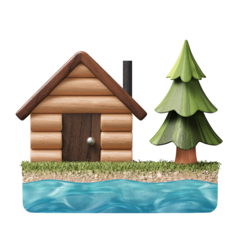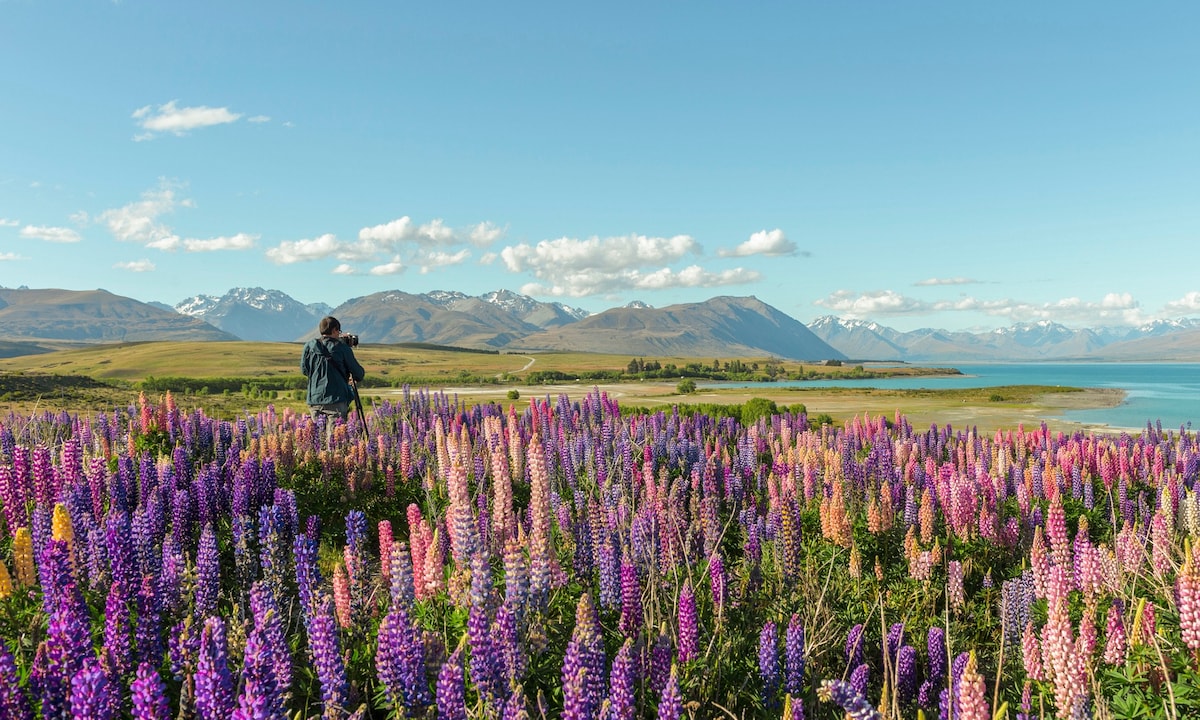
Vacation rentals in Texas
Find and book unique accommodations on Airbnb
Top-rated vacation rentals in Texas
Guests agree: these stays are highly rated for location, cleanliness, and more.
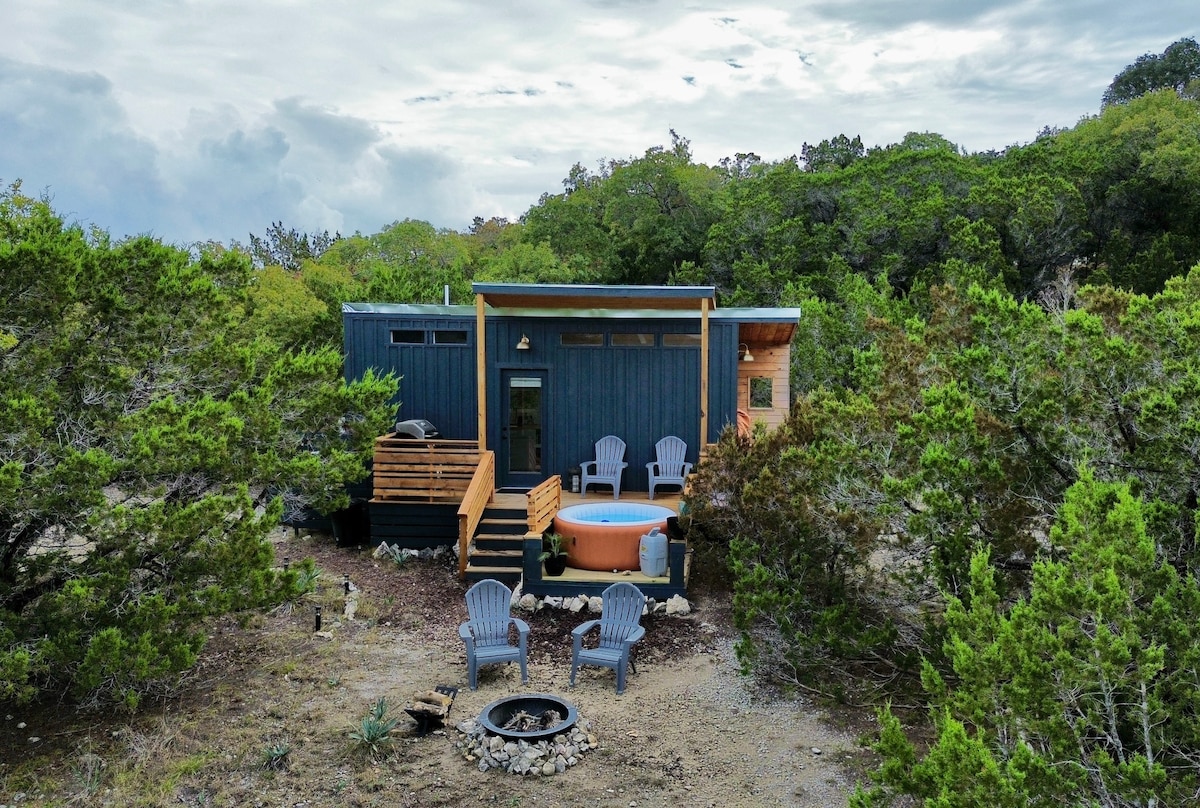
The Hideaway: Hot Tub,View, Fire Pit, Grill!
Reconnect with nature and immerse yourself in the hill country at the unforgettable Hideaway, just 30 minutes from Waco. This tiny home offers a fully appointed interior living space as well as a soft-sided hot tub (year round, adjustable temp), deck, and fire pit for enjoying the natural beauty of hillside views and night stars. The Hideaway offers seclusion while still being close to a cute Texas town, offering the best of both worlds. *For larger groups, message about renting multiple cabins
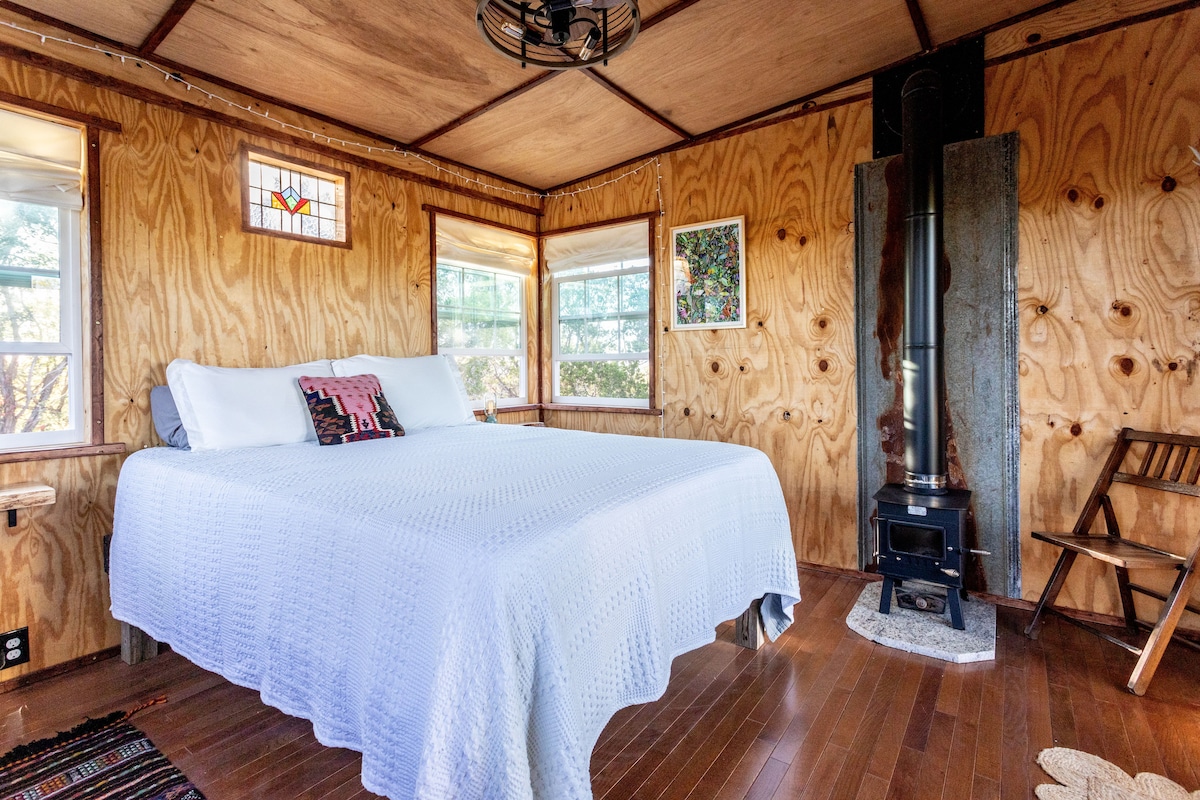
The Treehouse at Hill Country Nature Retreat
Explore an expansive viewpoint of the Texas Hill Country. This handbuilt, one-of-a-kind treehouse is nestled on 37 forested acres. With its unique design and stylish interiors, private half mile hiking trail, hammocks, and screened in porch, the treehouse invites you unwind, rest, and recharge in nature. You won’t be surrounded by other Airbnbs here. Book a night or two and enjoy some peace. (The covered outside staircase takes you from the downstairs kitchen/bathroom to the 2nd floor bedroom.)
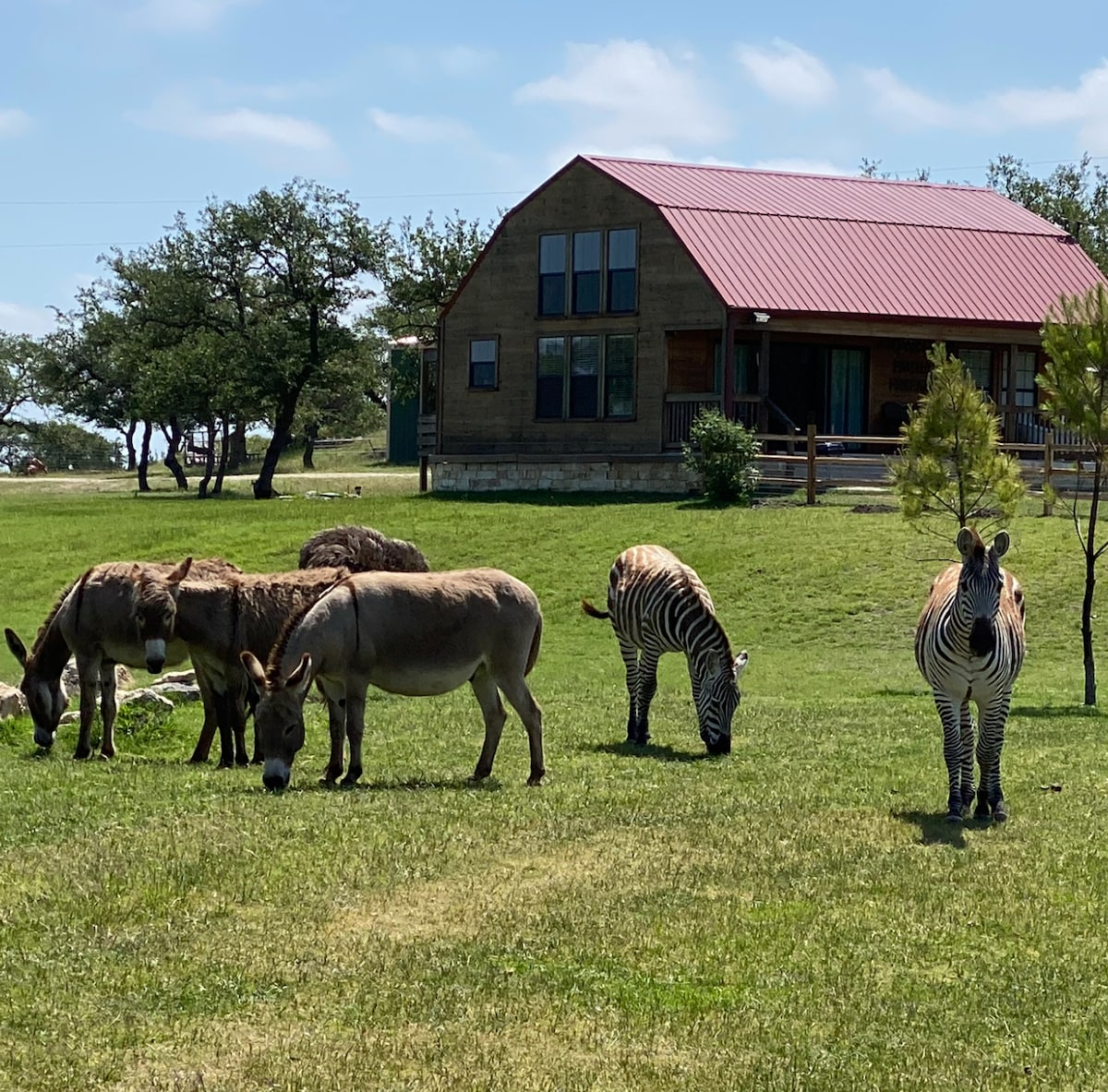
Cabin Sweet Serengeti Safari Ranch
Our modern cabin is set on 40 beautiful acres of pristine Hill Country. It sleeps up to 8 people; perfect for small families, couples, or friends looking to relax and enjoy some country luxury. Guests have access to fishing, swimming, roasting s'mores at the fire pit, lounging in the gazebo, and exploring the property. Located right by Real Ale Brewery just 2 miles from downtown Blanco with restaurants, shopping, and Blanco State Park. Austin and San Antonio are also easily accessible by car.
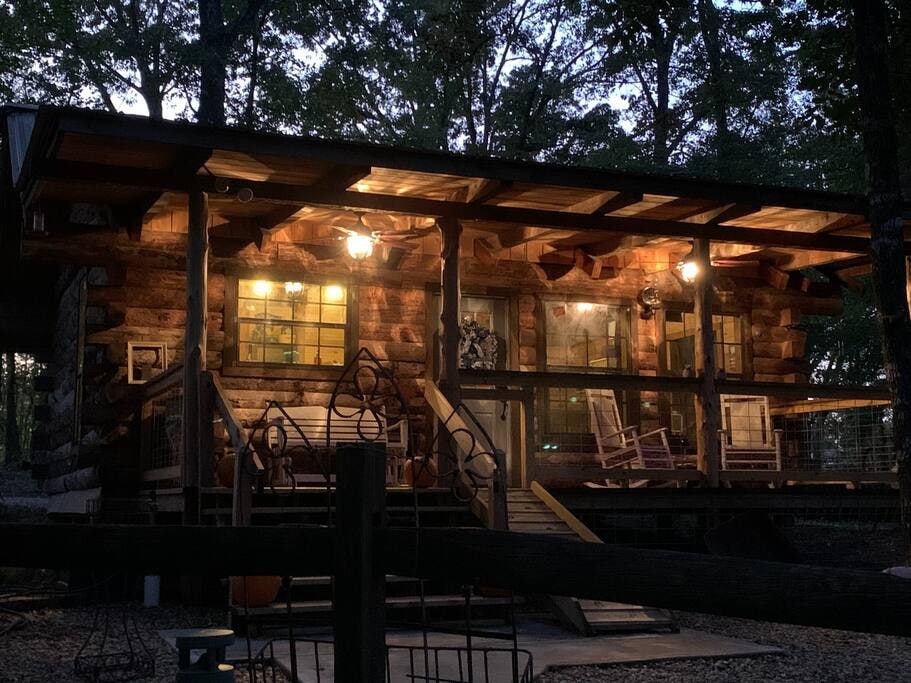
Willow’s Cabin - A Cozy Little Cabin Nestled In The Woods
Willow’s Cabin provides the absolute getaway opportunity where peace and quiet gives you the sounds of nature while receiving the best feel at home experience we can offer! We’re far enough from the big cities yet close enough to all of the amenities our towns offer such as restaurants, shopping malls, cinemas, historic parks and large grocery stores. All proceeds go to our nonprofit, Oinkin Oasis Forever Home potbelly pig sanctuary AND are tax deductible!!! Parking/premise for guest only.
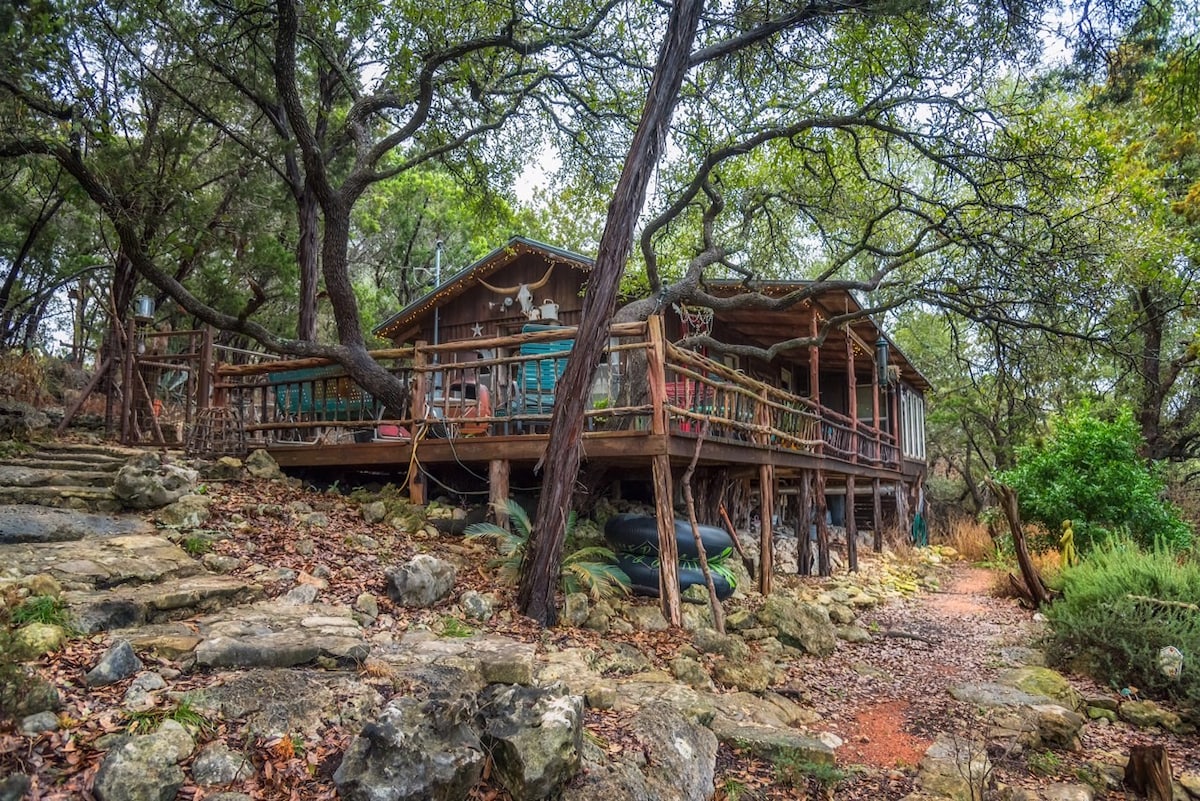
Salvation Cabin
Wimberley's #1 rated award-winning “Salvation Cabin" is in the beautiful Texas Hill County wilderness with outdoor exploration, hiking and a Blanco Valley porch view to observe birds, deer and other wildlife. A throw back to gentler times, you'll leave here touched by nature's healing power. Come and be restored. 500+ visitors testify this is a one of a kind place. Please note* the Hill Country area is in drought presently in 2025. Blanco River dry, but Cypress Falls Swimming Hole close by.
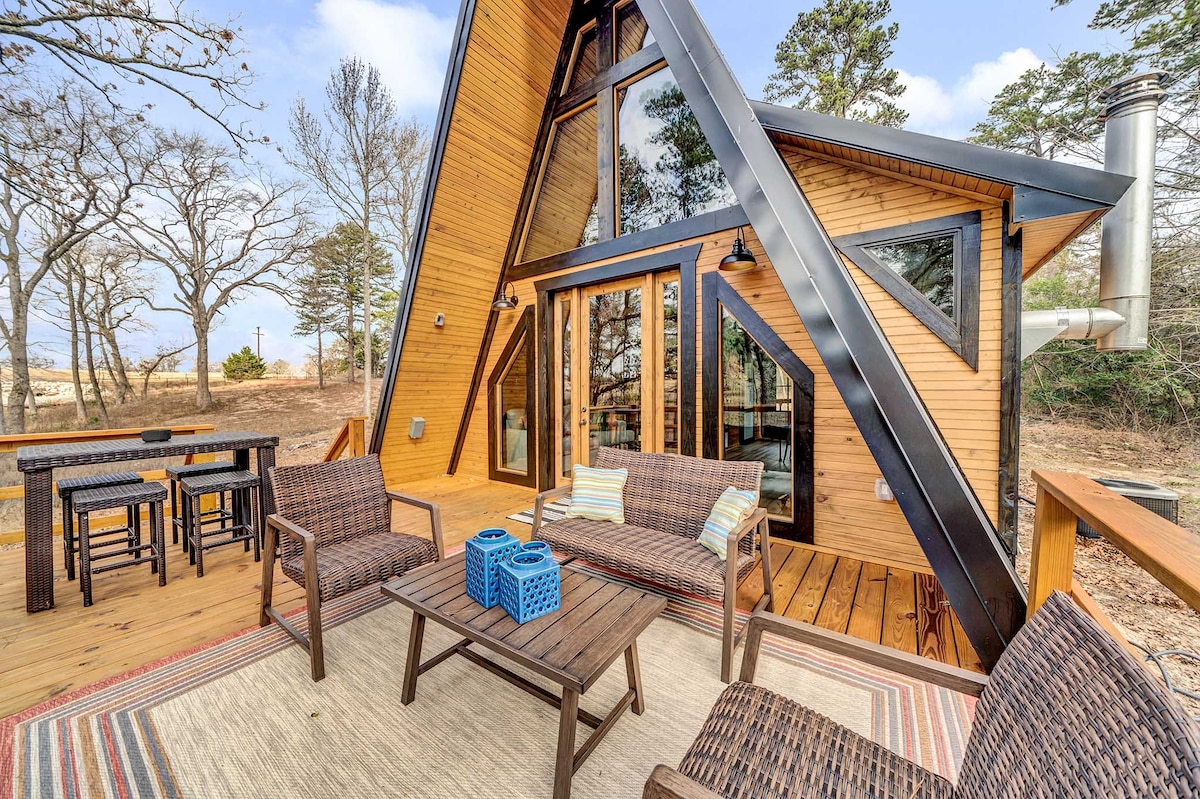
Piney Point A-Frame Retreat Tyler
Created to share the uniqueness of East Texas with others, Piney Point is a perfect couple or friend's retreat. Tucked in the corner of a six-acre homestead, this restored A-frame offers a modern cozy stay with an expansive deck that overlooks the spring-fed pond. Nearby are some of the best adventures East Texas has to offer, from hiking trails and fishing at Tyler State park, live music, downtown breweries, to market shopping and great food. Escape to the quiet to rest and recharge.
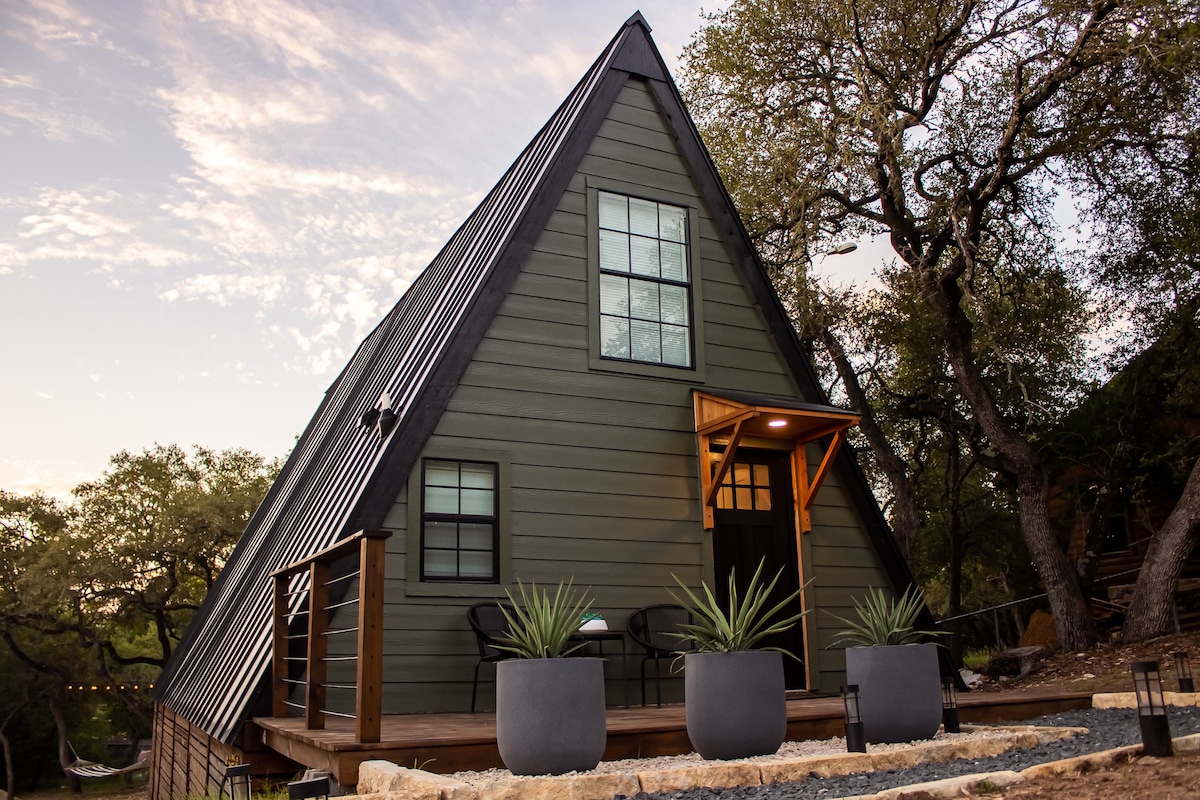
Breathtaking A-Frame Home in Canyon Lake
We are pleased to welcome you to our newly renovated industrial farmhouse A-Frame! It is nestled in a quiet Canyon Lake neighborhood minutes from amazing outdoor activities around the lake, including hiking, golfing, kayaking, boating, and tubing the Guadalupe River. Its setting is a perfect place to unwind and relax or spend time having fun outdoors. There's no better place for a couples romantic getaway, or for small families to experience life in the beautiful Texas Hill Country.
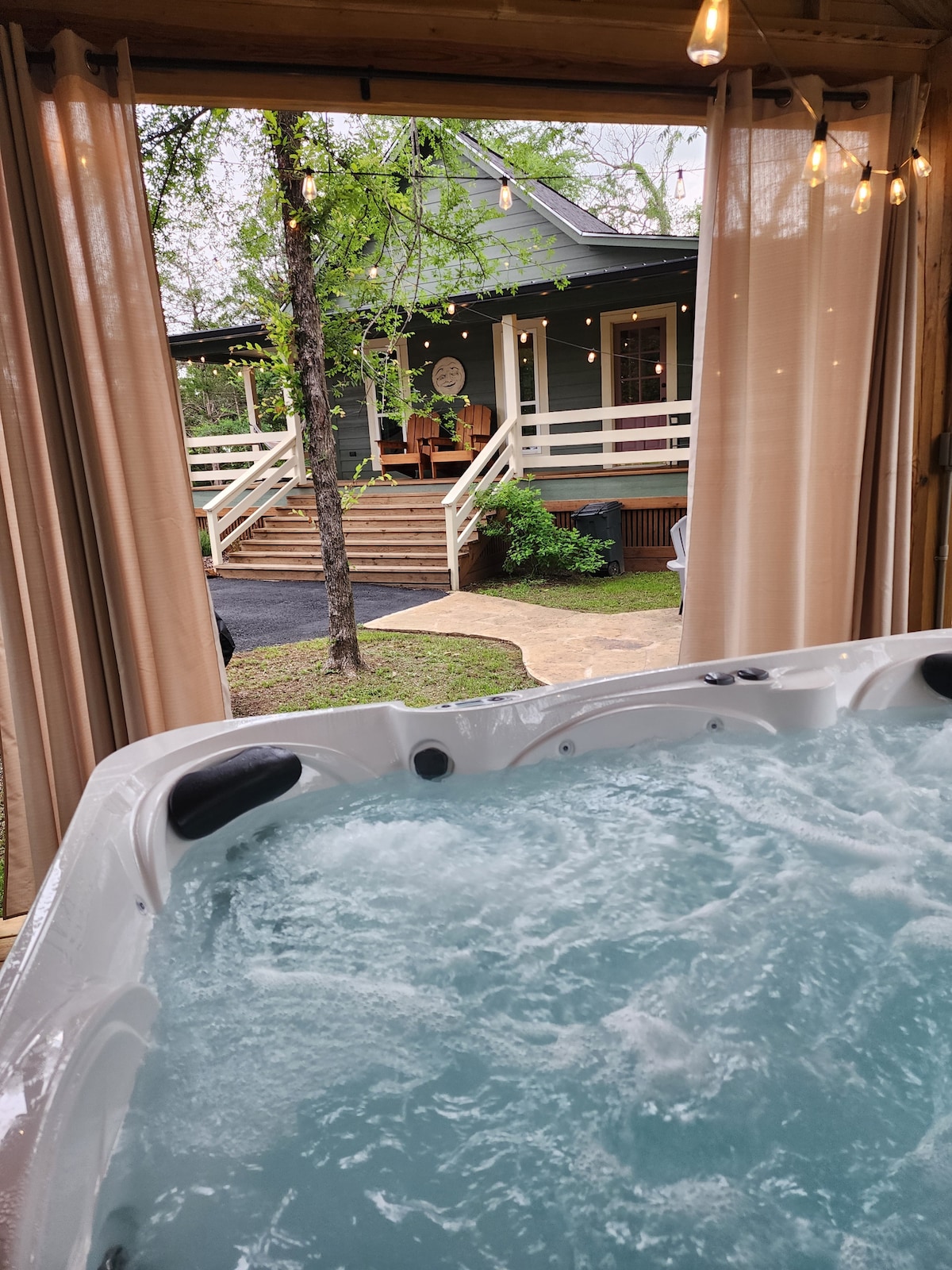
A Little Countryside Paradise
Maybe I'm a little partial, but I really have to pinch myself when I go visit Callie's cottage. Imagine...a beautiful country road, quiet except for the occasional sound of a cow. A cottage tucked into an abundance of trees, wrap around porch, flagstone firepit area, patio lights strung across the yard, antique mantle with gas fire, crystal chandelier, beadboard from an 1800's farmhouse, a tub big enough for two, the lushest bedding, classical music plays, sweets served. Deep sigh.
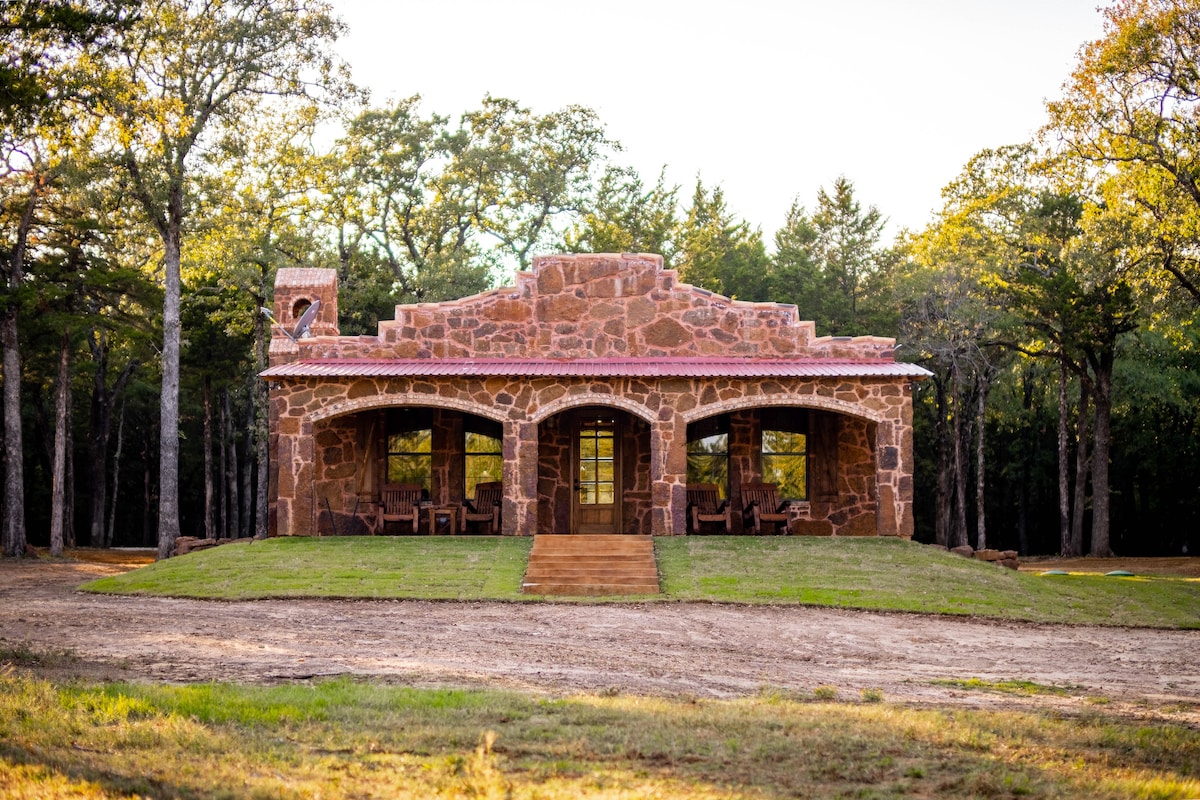
Texas Rock Casita with Beautiful Ranch Views
Welcome to Rock Casita North. This is Casita 1 of 2 casitas on our property! For our second unit visit our profile! Come escape to Abney Ranch. Our custom casitas are located on a working ranch, nestled in the trees. You'll have access to 10 of your own private acres equipped with fishing, hiking, a pond, a fire pit, hammocks, yard games, and much more! Come relax and unwind from your day-to-day routine. Perfect for Wedding Stays as local wedding venues are close by!
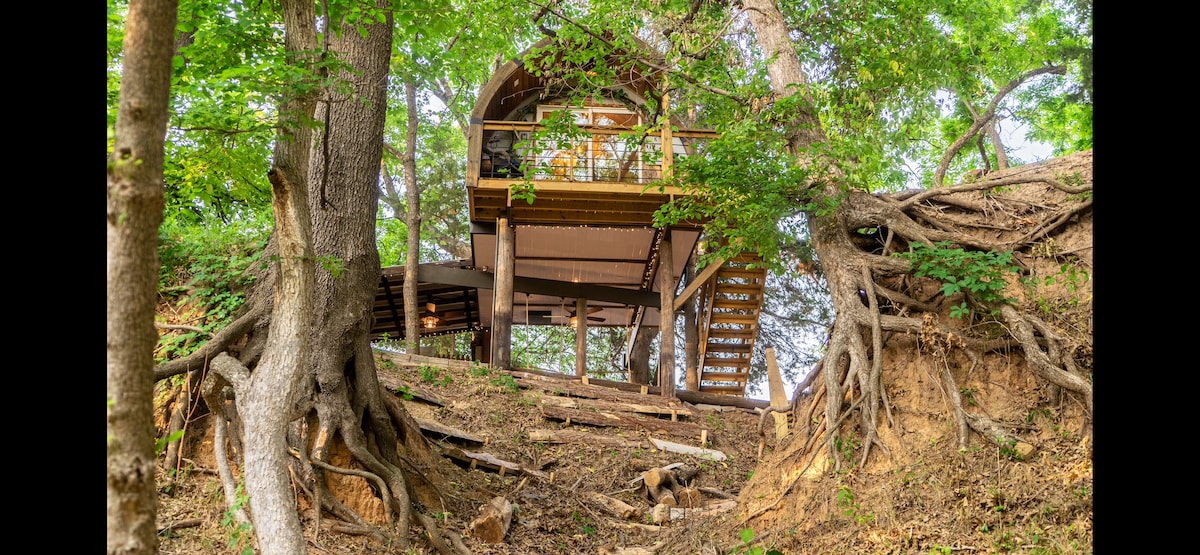
Hobbit Treehouse, available Monday and Tuesday
This one a kind Hobbit Treehouse is nestled high in the trees overlooking Bingham Creek in Forestburg, Texas. The unique features both inside and out will amaze you. Rest and relaxation are on the horizon during your stay. You will enjoy the outdoor living space for gathering with friends or family around the fire pit under the stars or around the table under the treehouse. For cooking outdoors, we offer a charcoal grill. Please bring your charcoal.
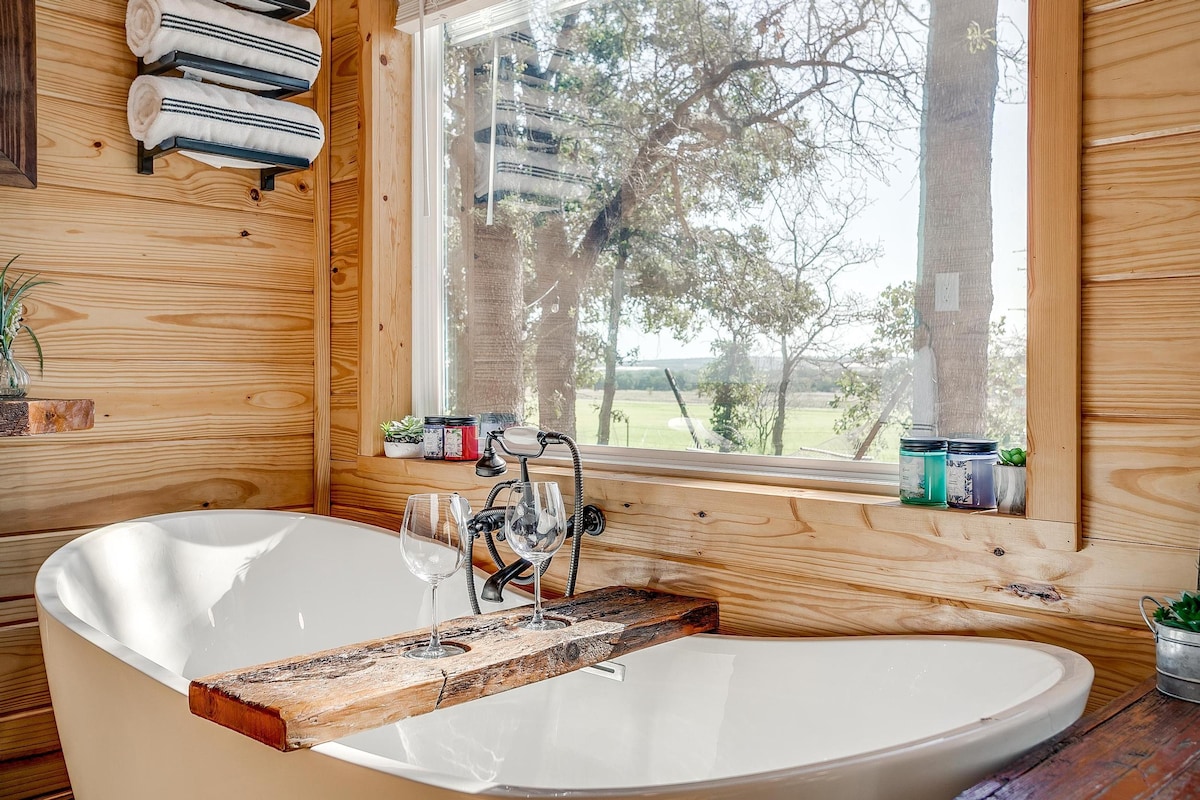
The Cabins at Amaroo “Aussie”
The Cabins at Amaroo. “The Aussie” 1 of 2 cabins on the ranch Take it easy at this unique and tranquil getaway. Beautiful sunrises , very private , 1.5 mile hiking trail , self contained cabin set on an 80acre ranch 15 minutes to Lake Mineral Wells State Park , 30 minutes to the beautiful Possum Kingdom Lake Also check out the “Outback “ A new cabin at Amaroo, you’ll love this one . airbnb.com/h/cabinsatamaroo
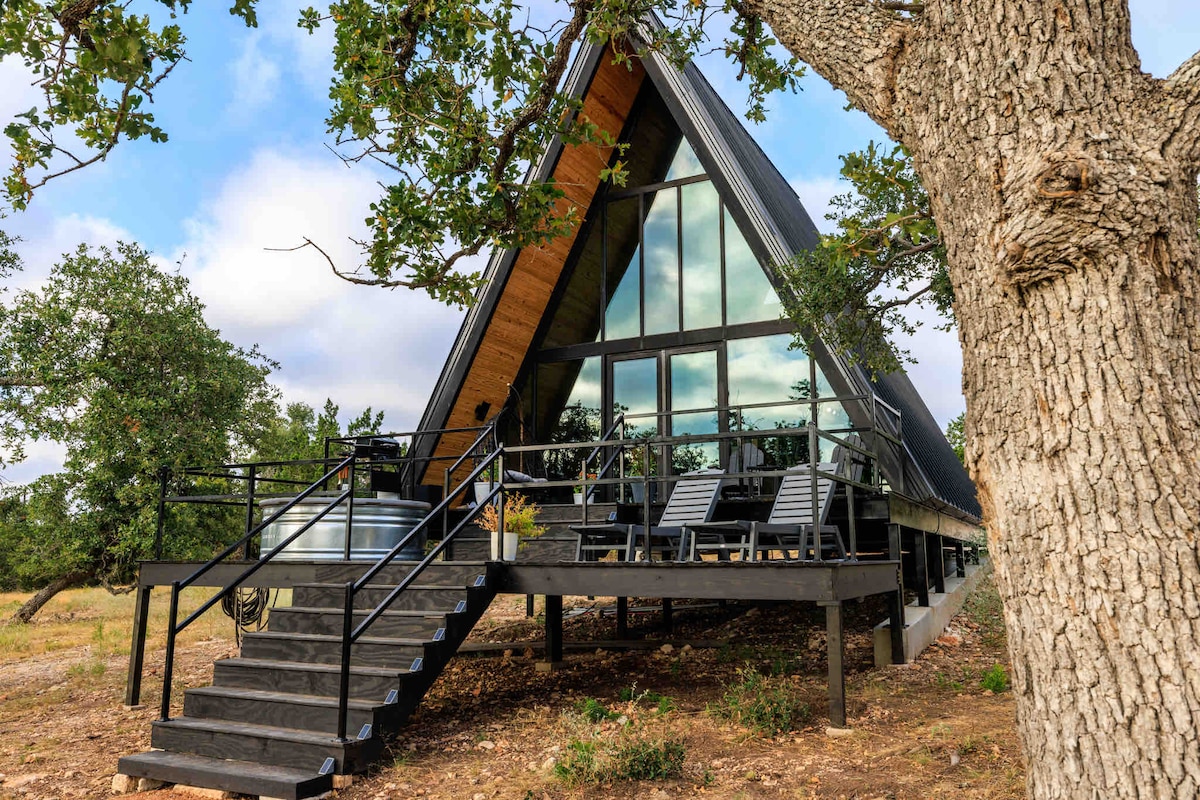
Das Aframe at Ghost Oak Ranch
Enjoy a relaxing getaway at this one-of-a-kind Aframe cabin in the Texas Hill Country with breathtaking views through the large glass windows. Just 10 miles from Main St. in Fredericksburg, Texas - there are ample shopping, dining, and attractions for you to enjoy including wineries, breweries, and Enchanted Rock. Or, you can relax on the covered porch, or in the cowboy pool, to enjoy the quiet sounds of nature.
Popular amenities for Texas vacation rentals
Texas beach vacation rentals
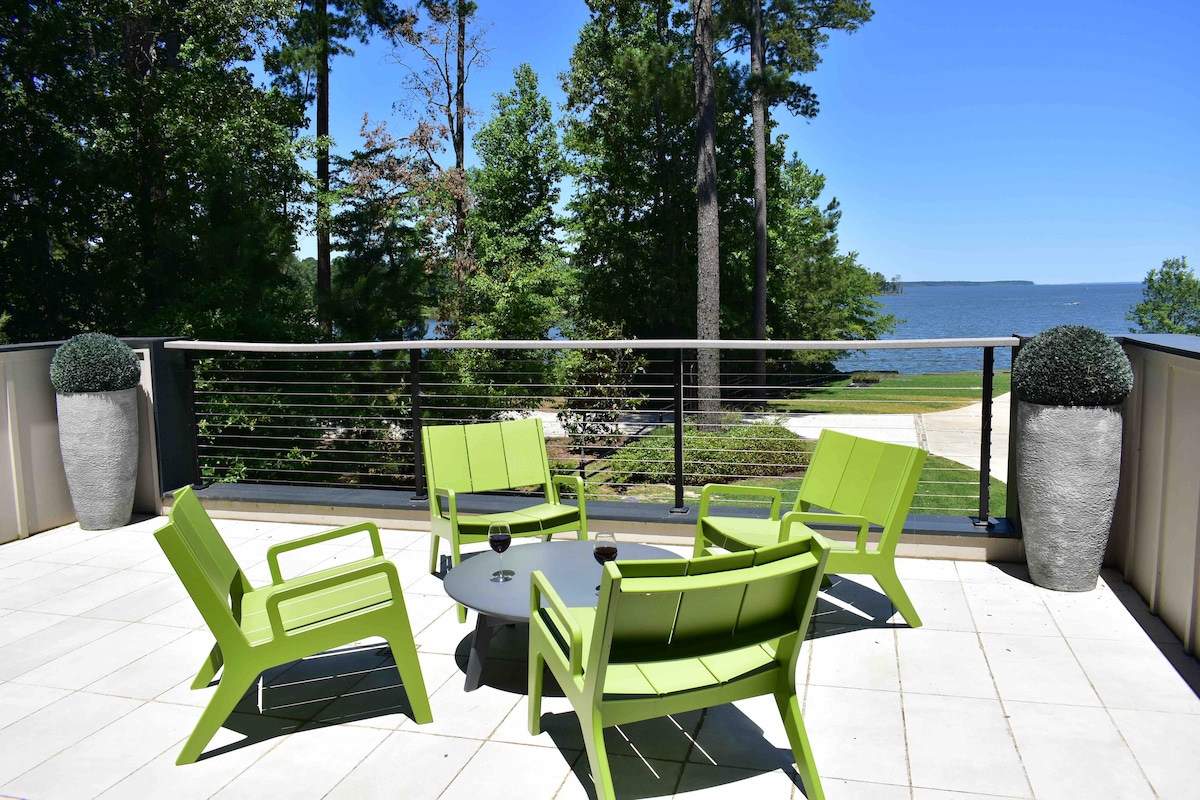
Lakefront Sam Rayburn modern home - amazing views!
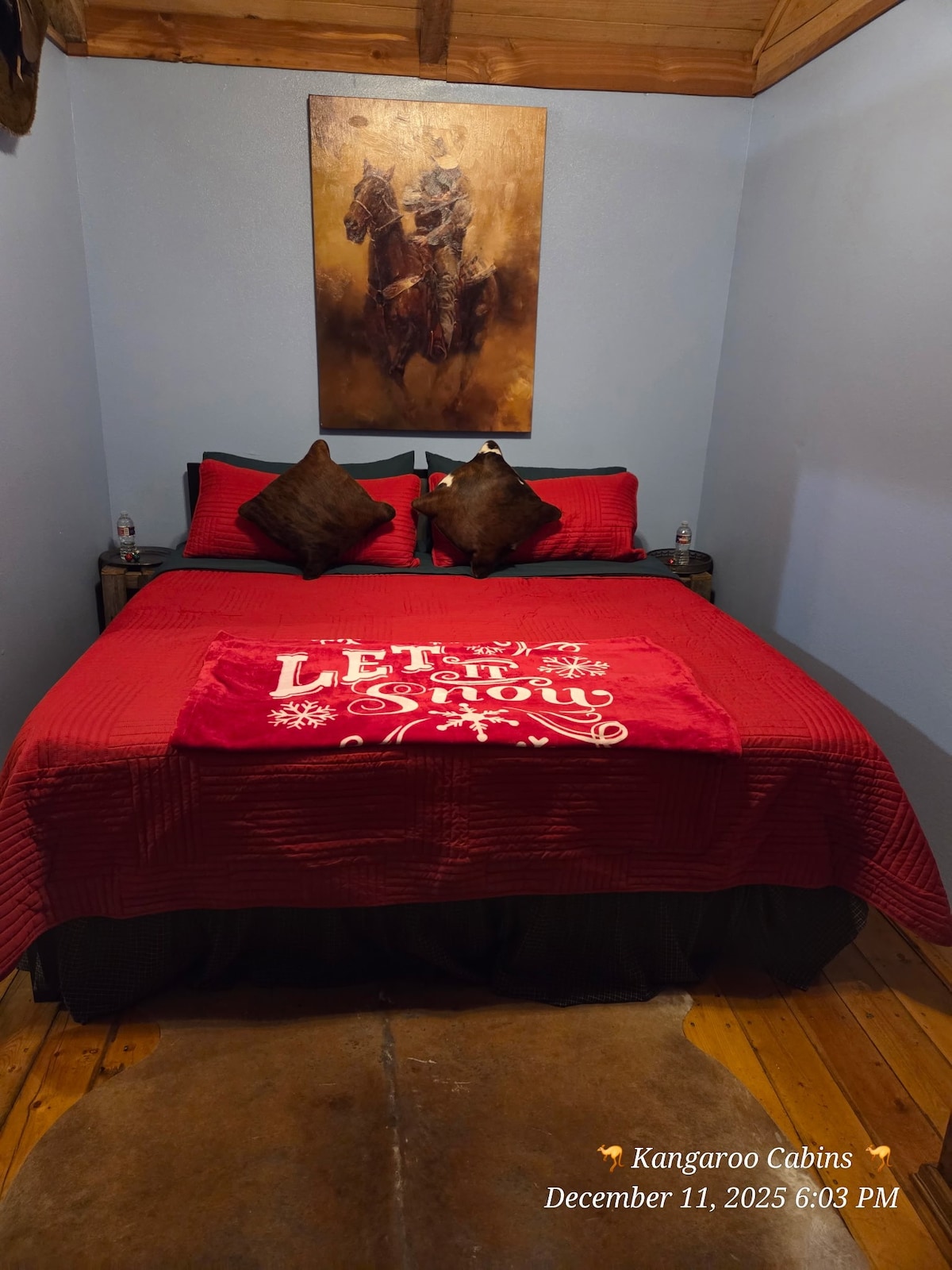
Upscale Cabin LAKE FRONT Porch Exotics Walk Fish
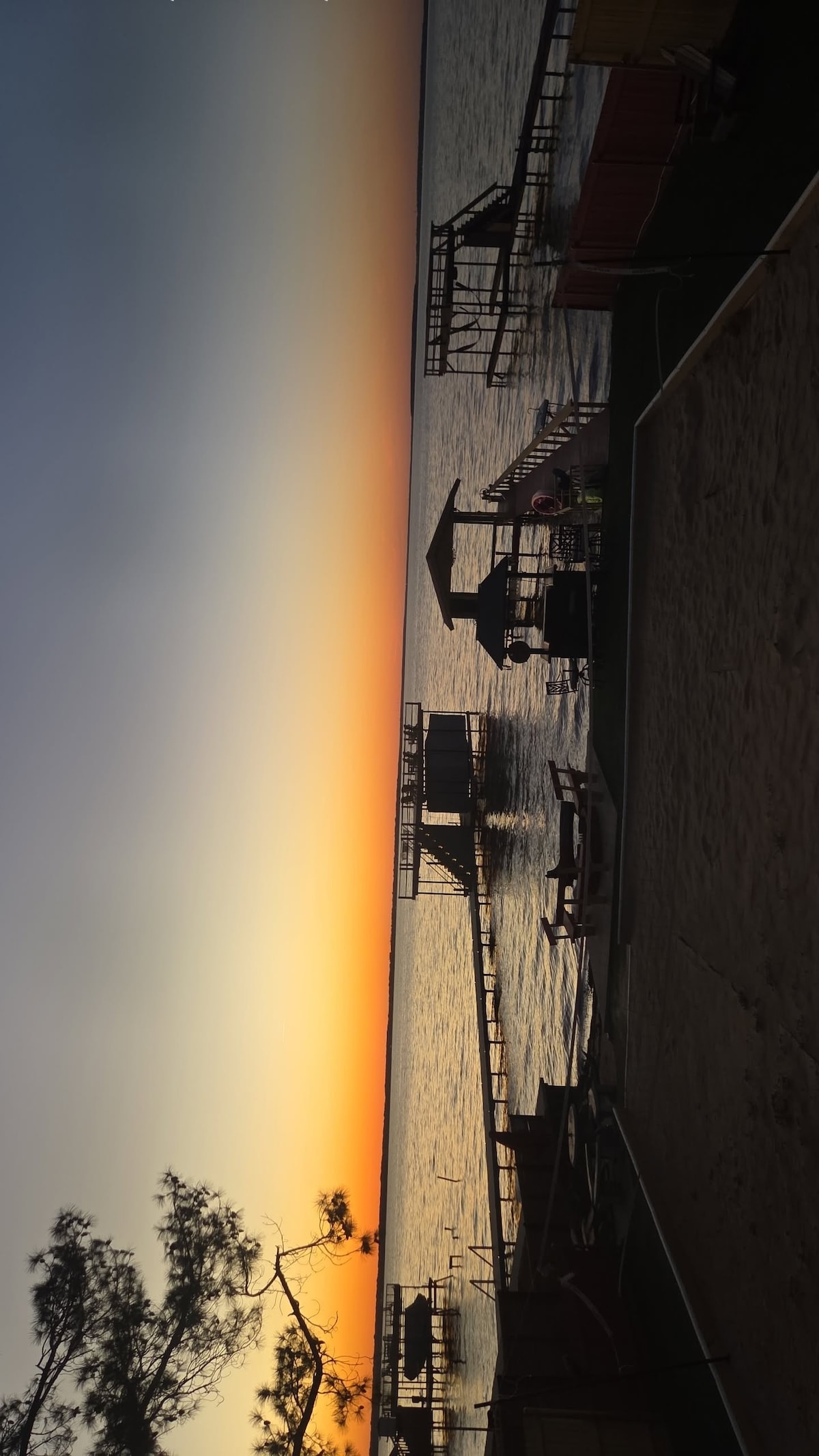
El Sueno (The Dream)Lake House with Beach Front
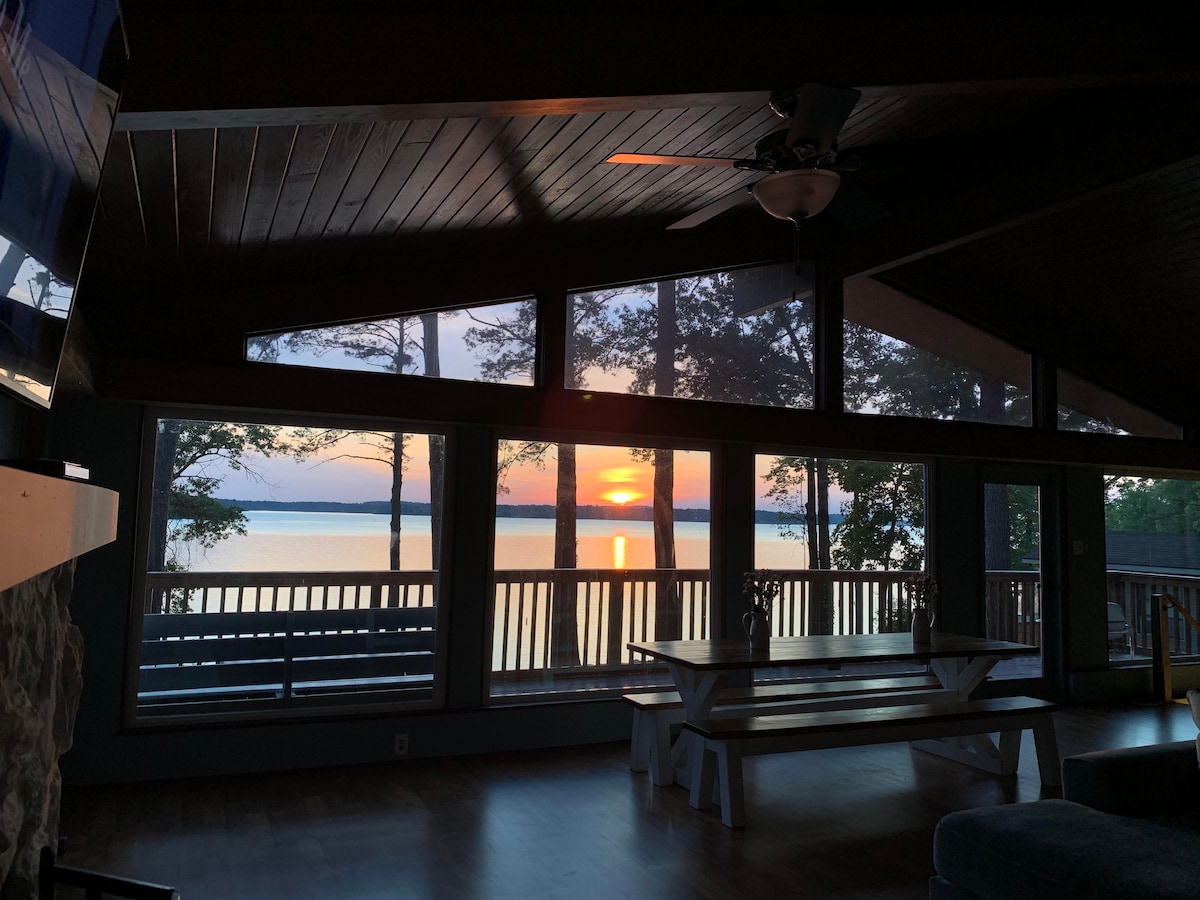
Sunset Cove- Lake O' The Pines / Crystal Cove
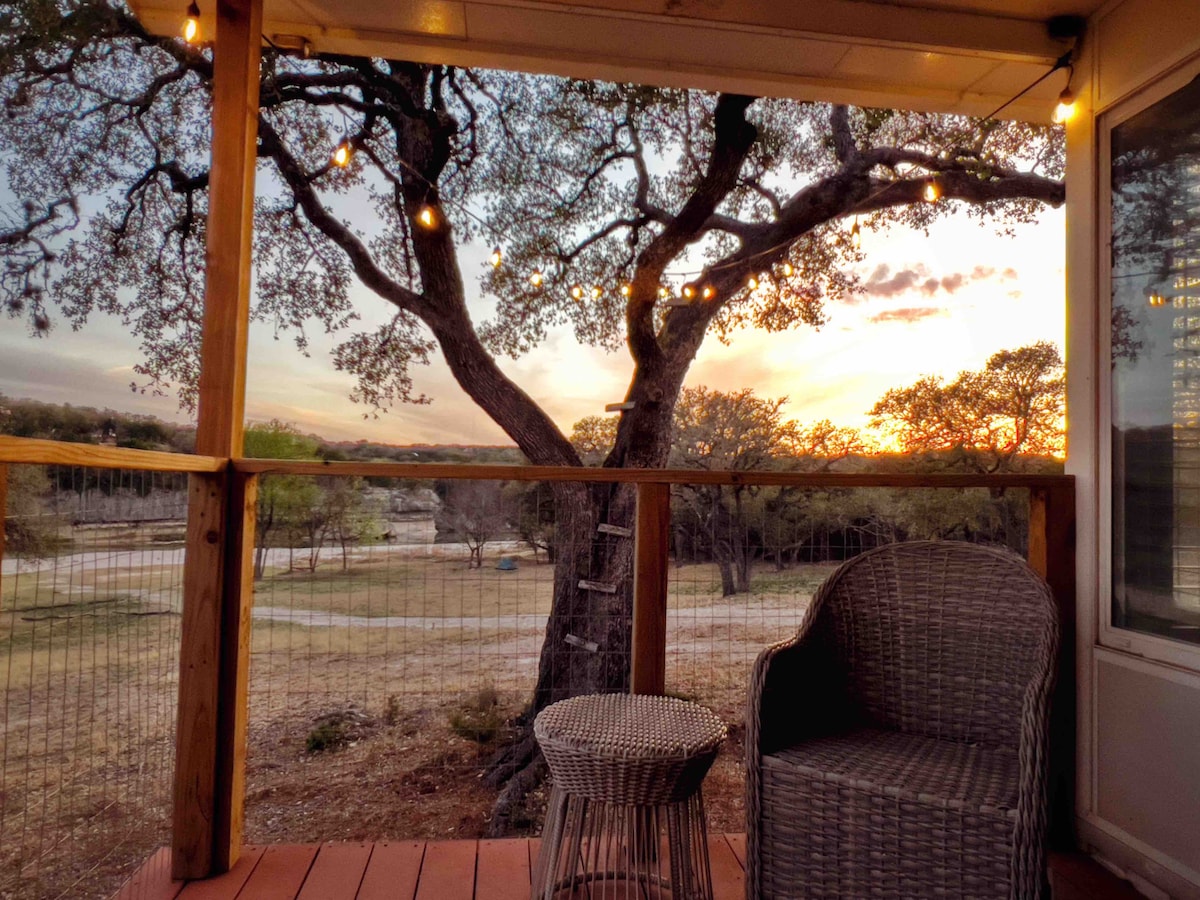
Cozy Riverfront Cottage w/ Stunning Hilltop Views
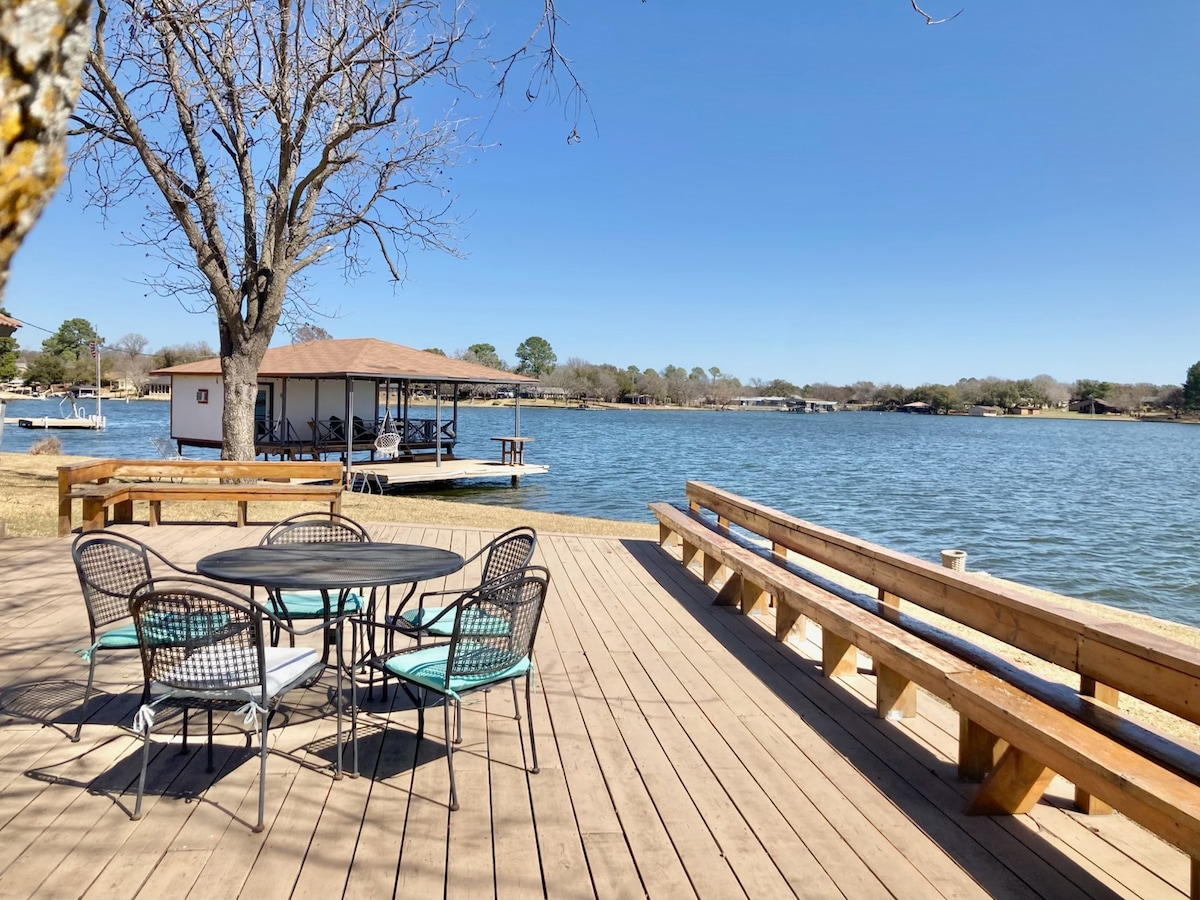
Best deep Waterfront 3BR-Swim, Kayak,firepit,BBQ
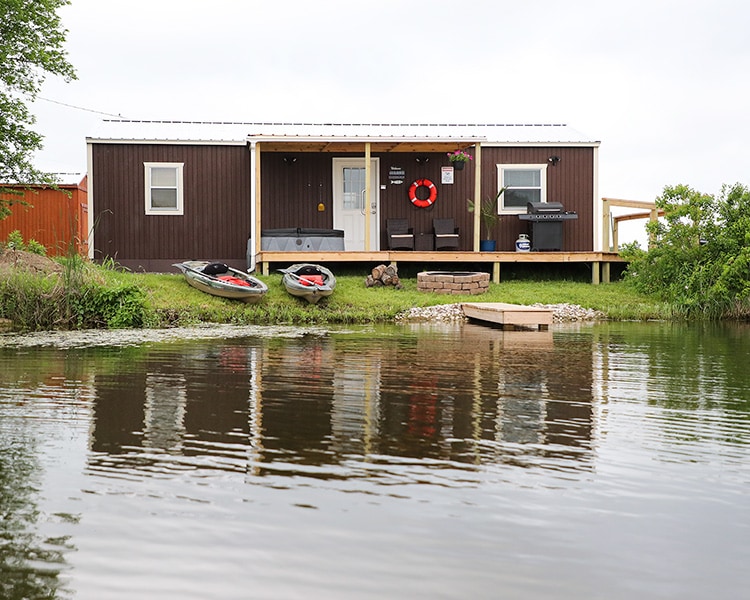
Private Hot tub-Lakefront-Deer Lodge
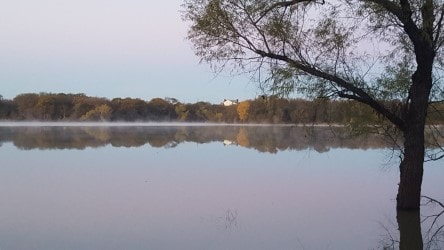
Lake front Cottage. No cleaning fee. Pet friendly.
Texas fishing vacation rentals
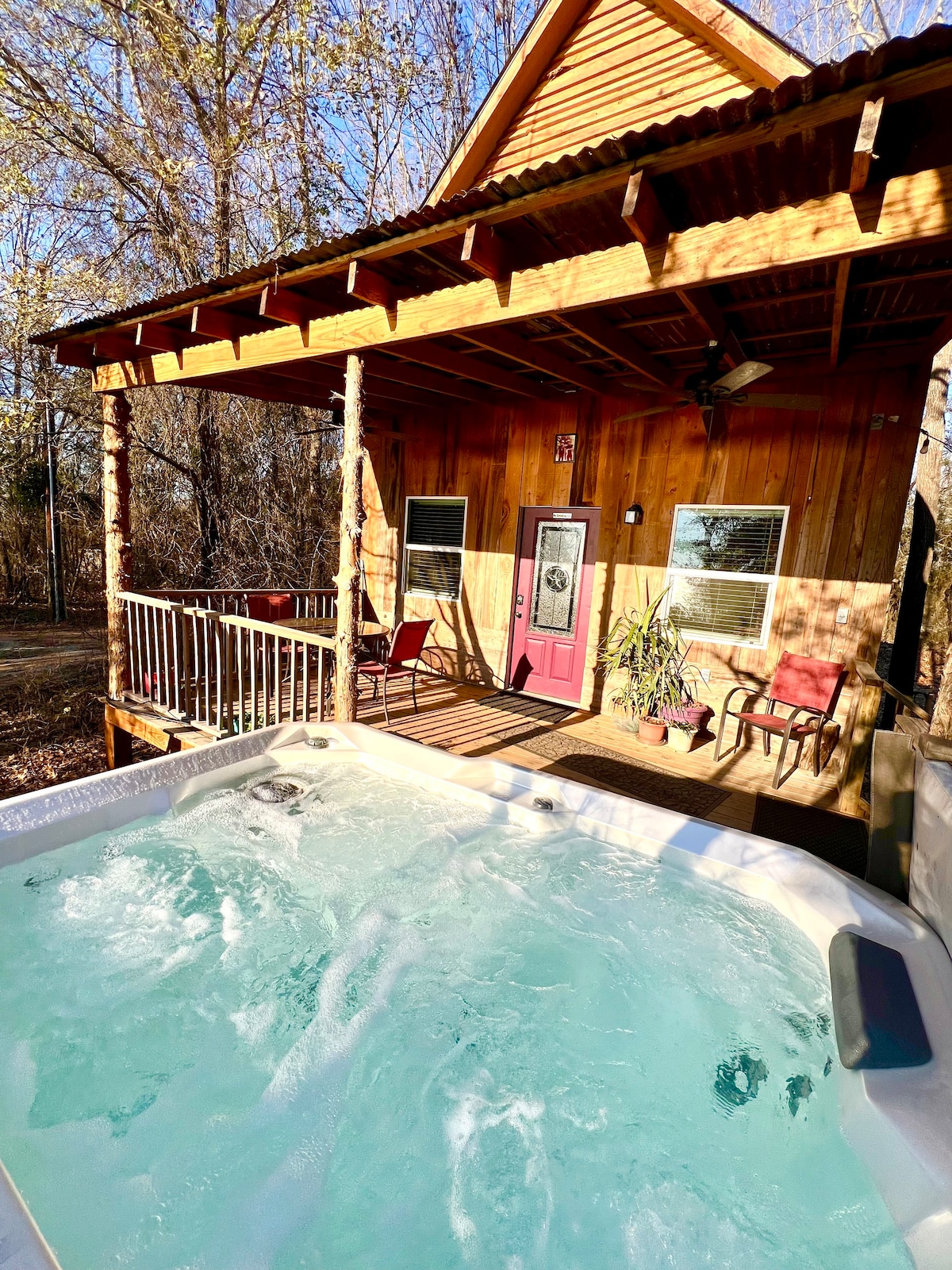
Romantic Lake Cabin Escape: PVT Hot Tub/ Fire Pit

Luxury Treehouse Couples Getaway w/ Peaceful Views
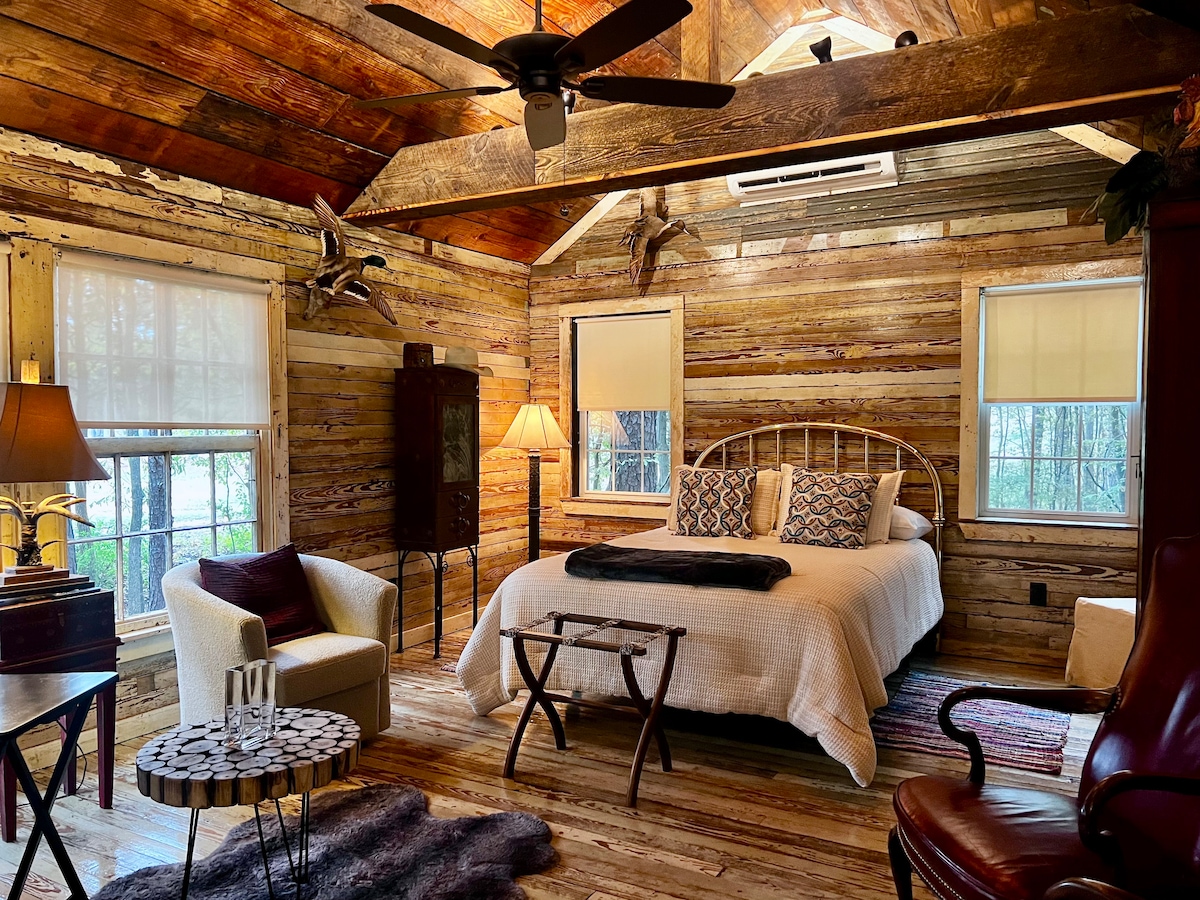
The Treehouse at Seven Springs
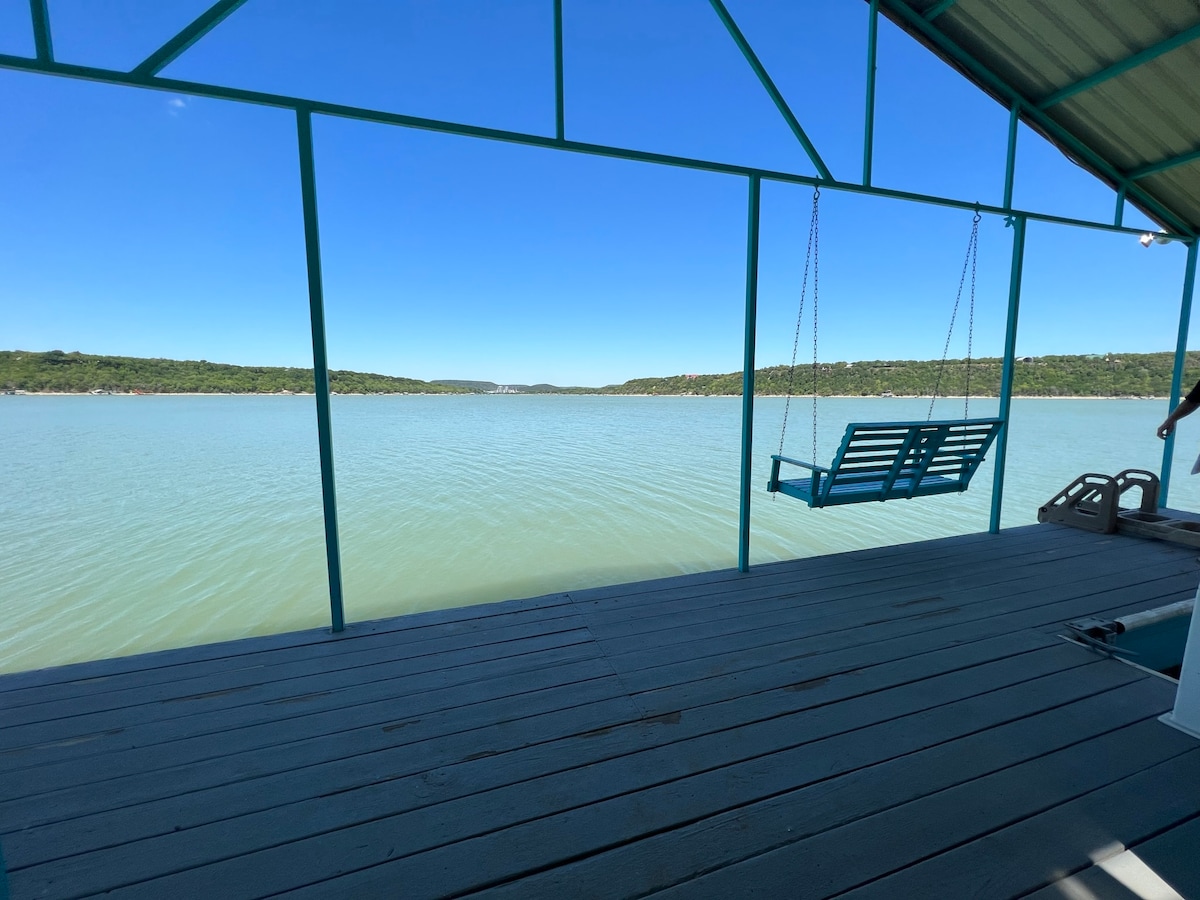
Lake Front Cabin w/Private Dock!

The Bluegill Aframe cabin at Bluegill Lake Cabins
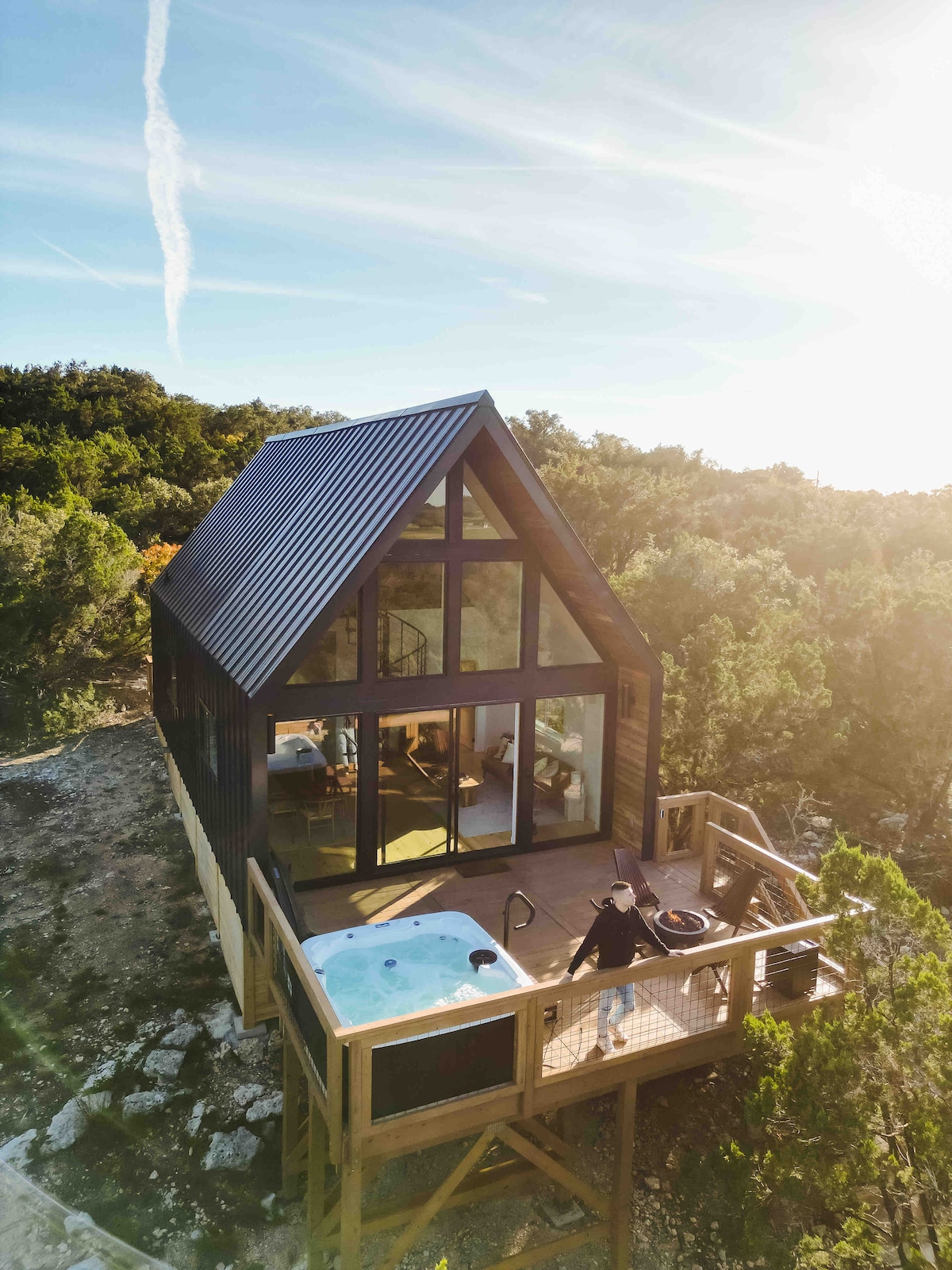
Luxury Cabin | Hot Tub | Fire-pit | Gorgeous View
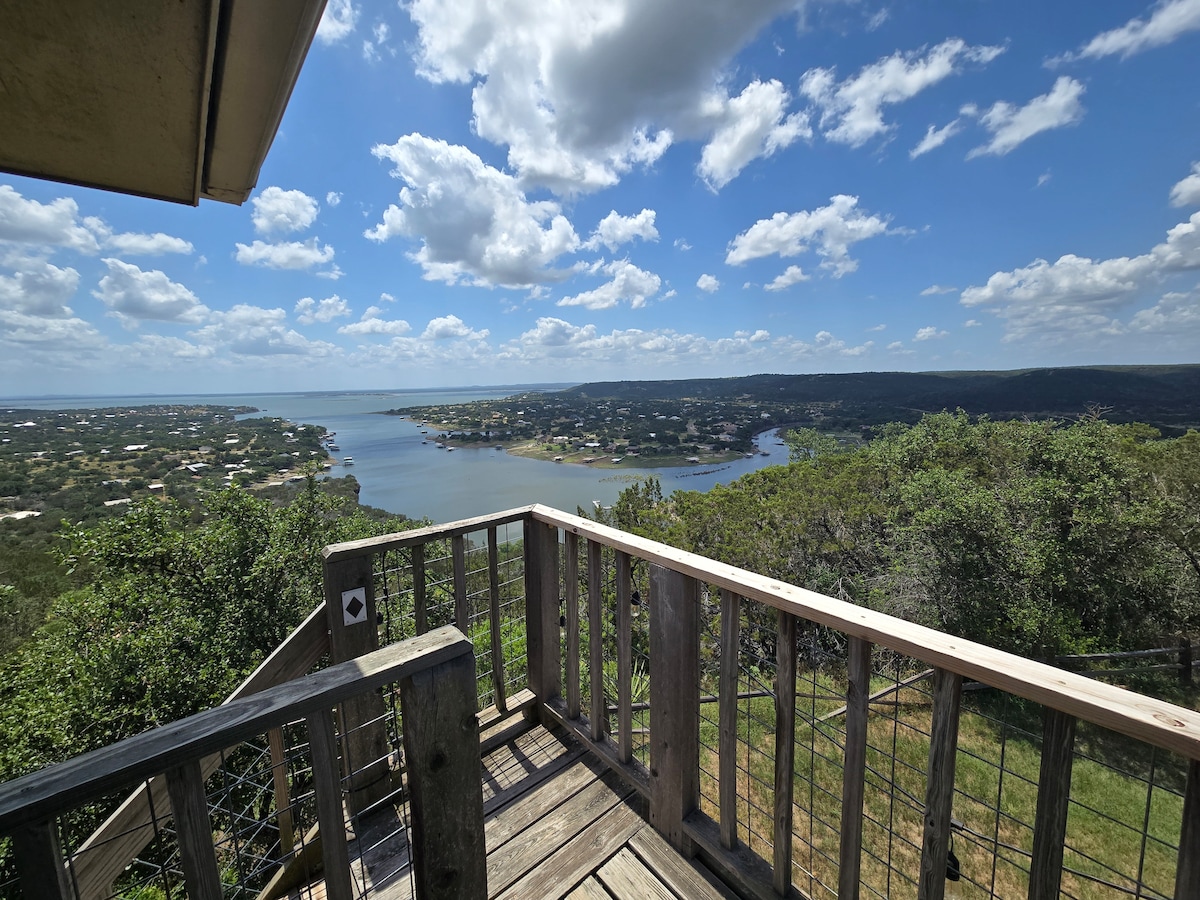
SpiderMountain-2Bed/2Bath-Hottub-Gameroom.
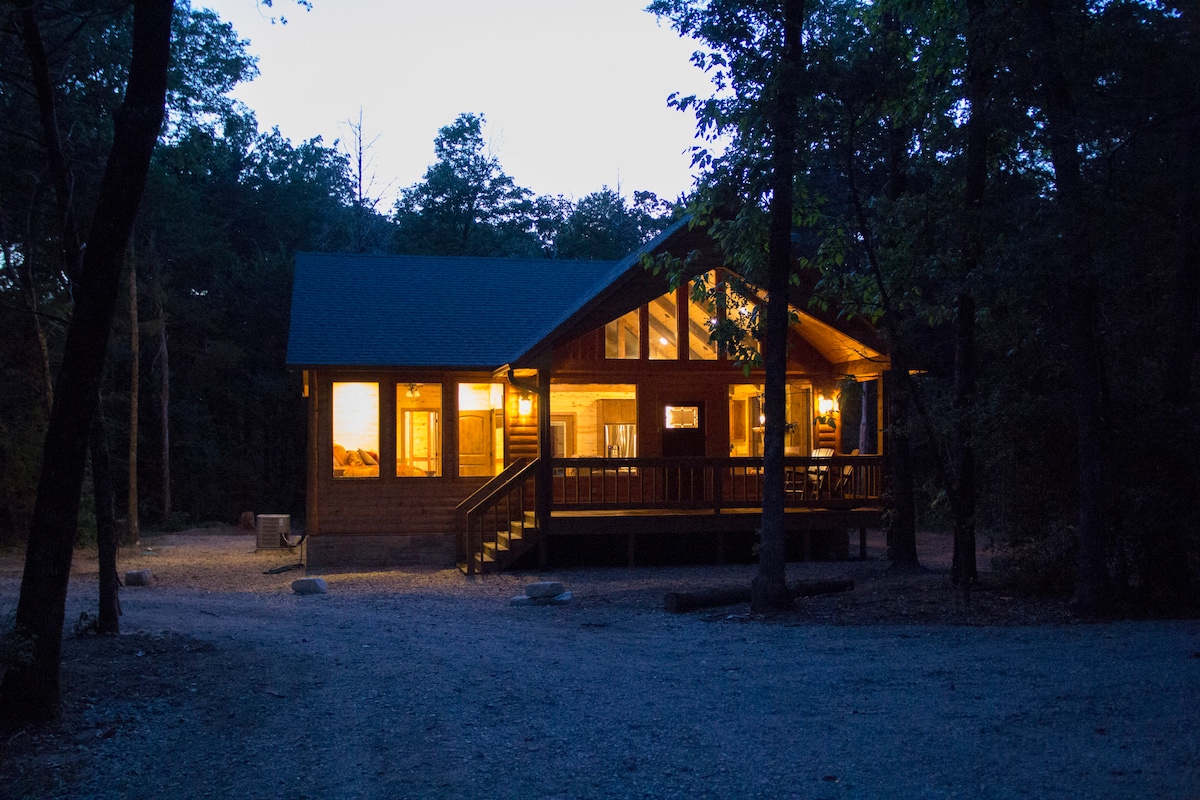
Treasured Times-New Luxury Log Cabin
Texas home rentals
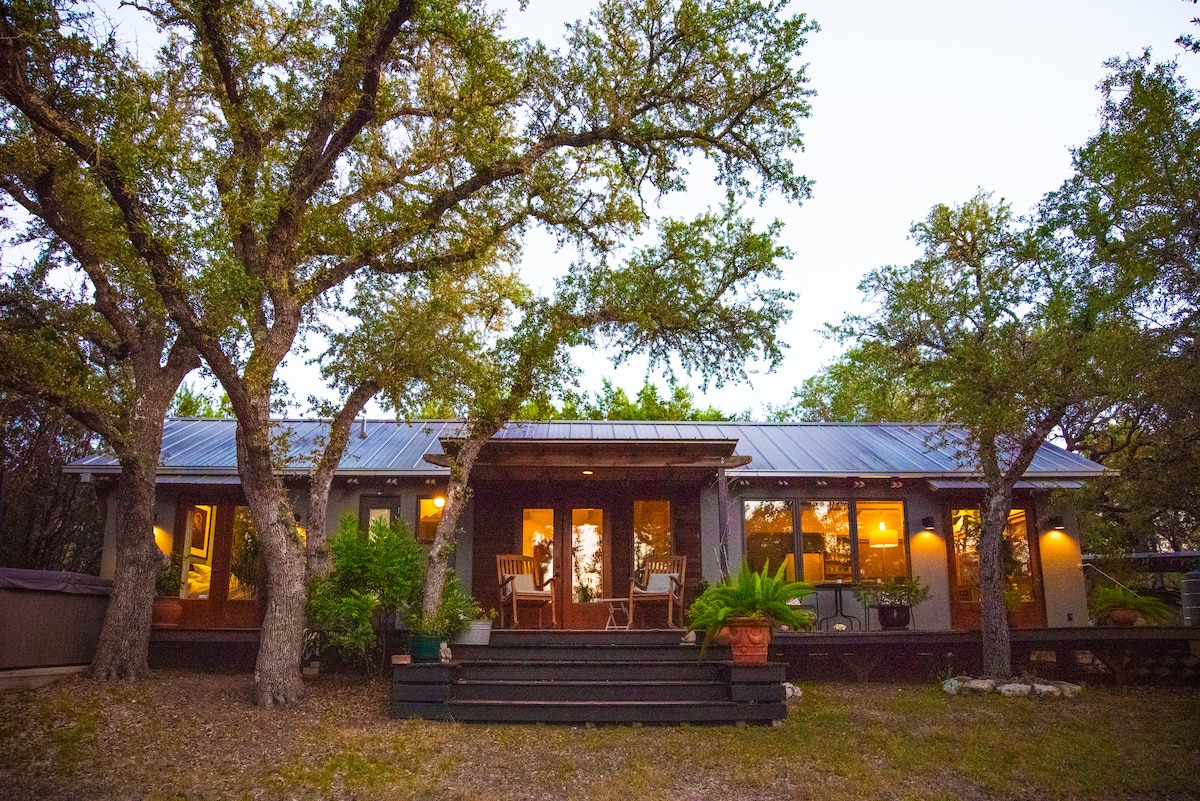
The Hummingbird - A Cozy Countryside Casita
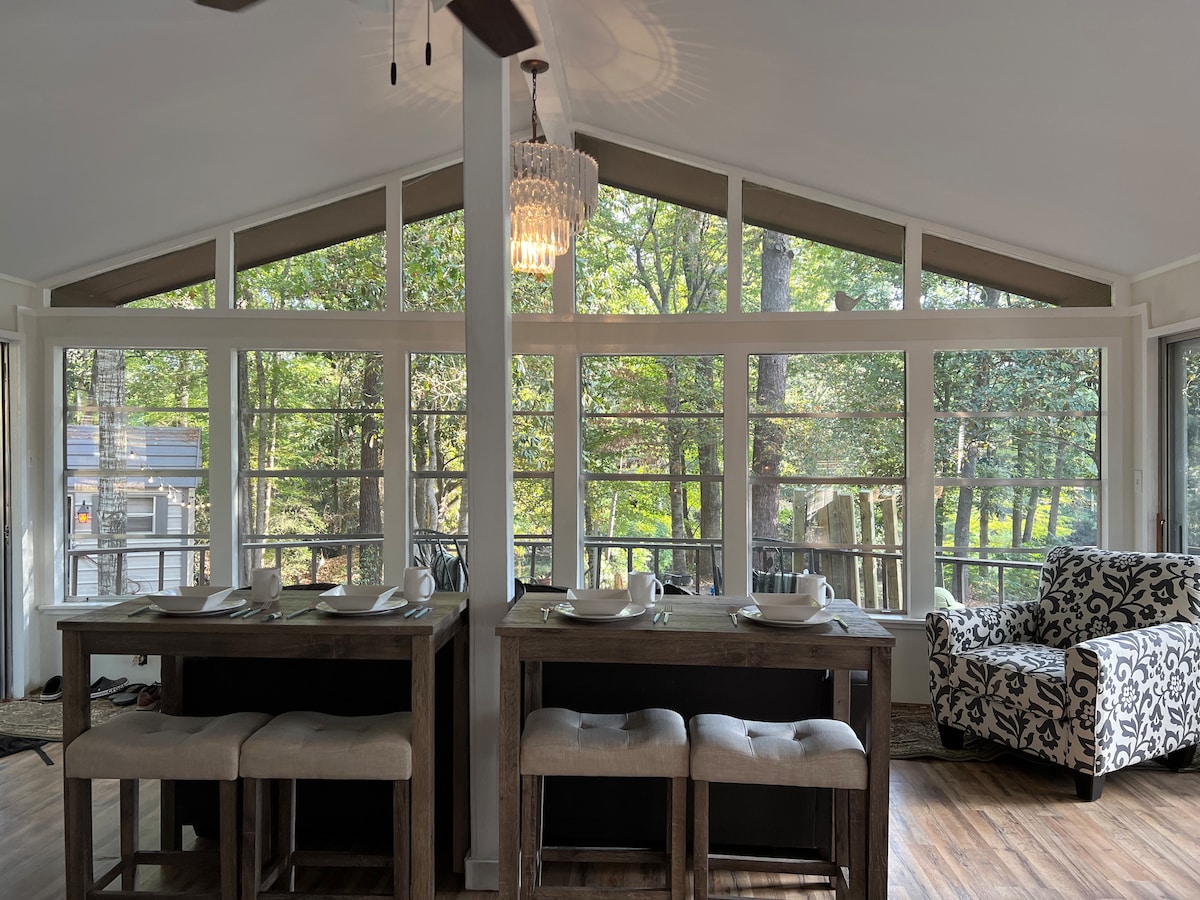
LAKE HOUSE in the WOODS! St. Amos
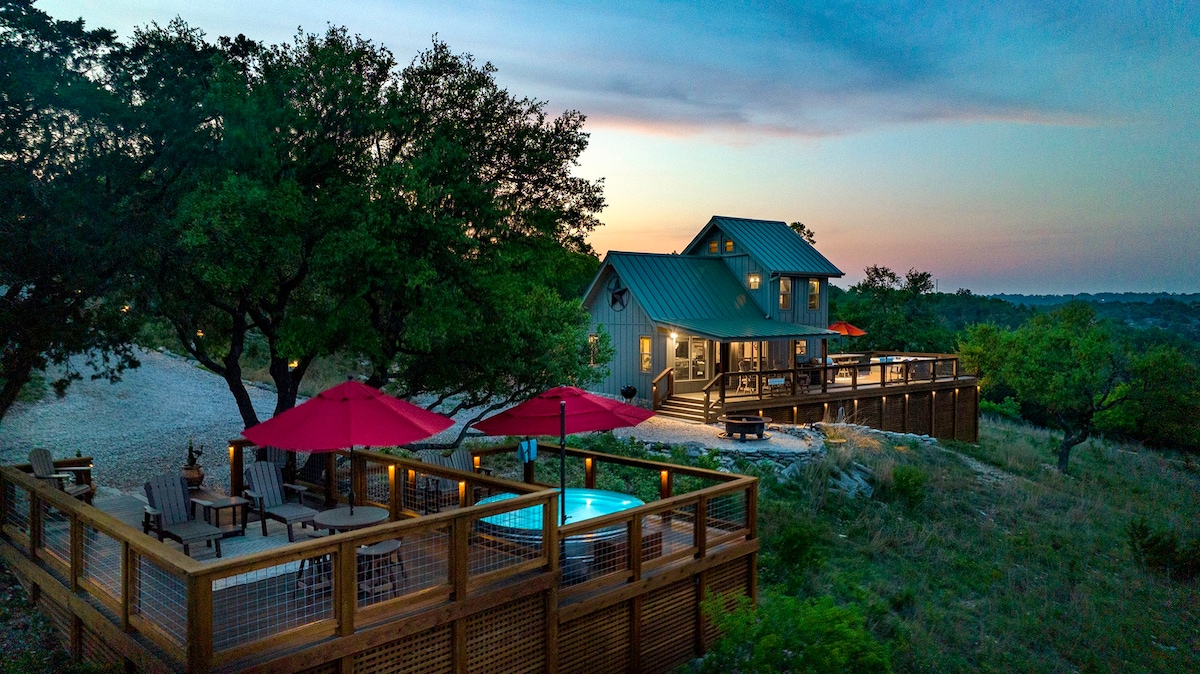
GWR-FBG|Private|Hilltop|57AcWildlife|HotTub|Pool
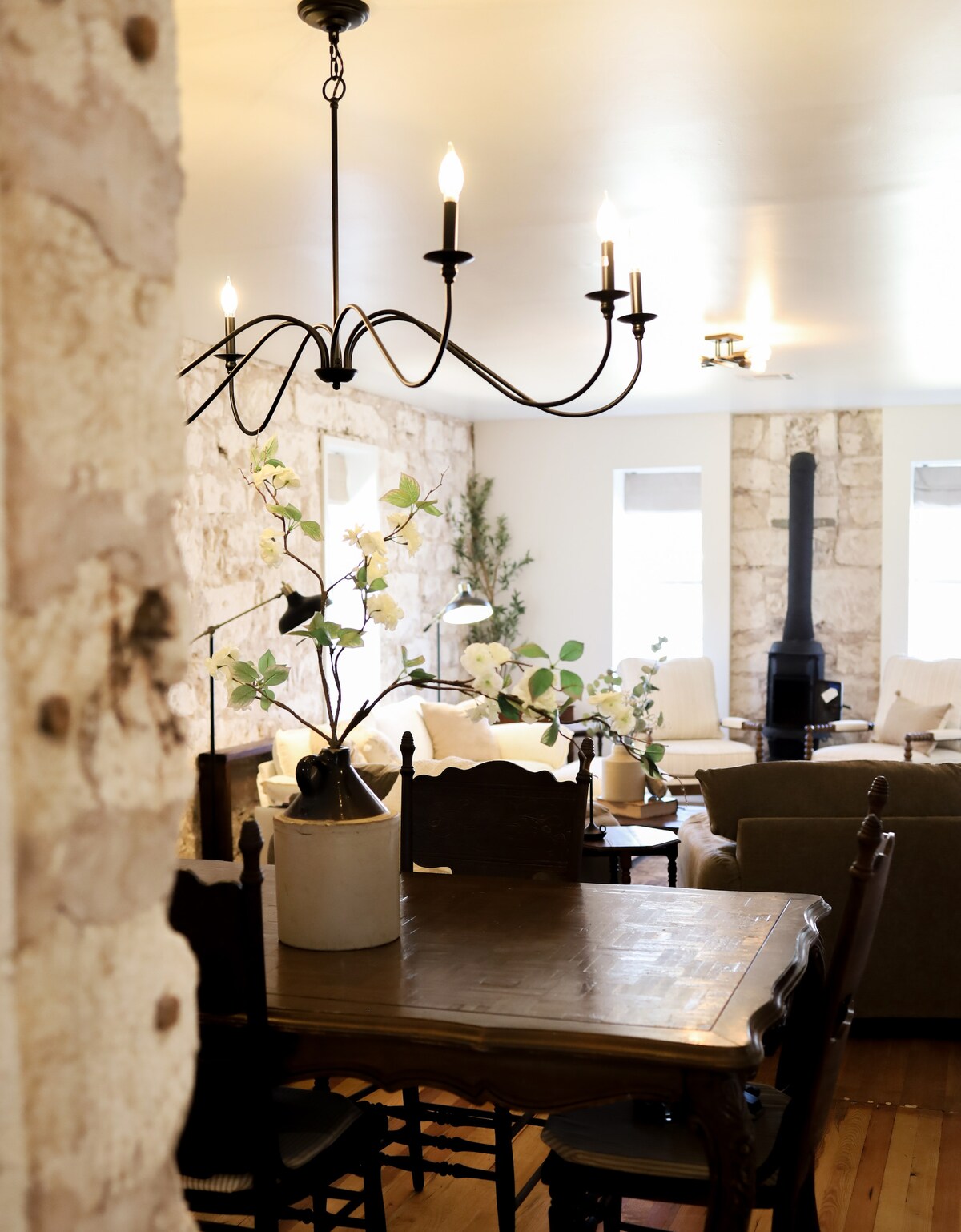
Riddle Haus| Block off Main| Sauna| XL Hot Tub
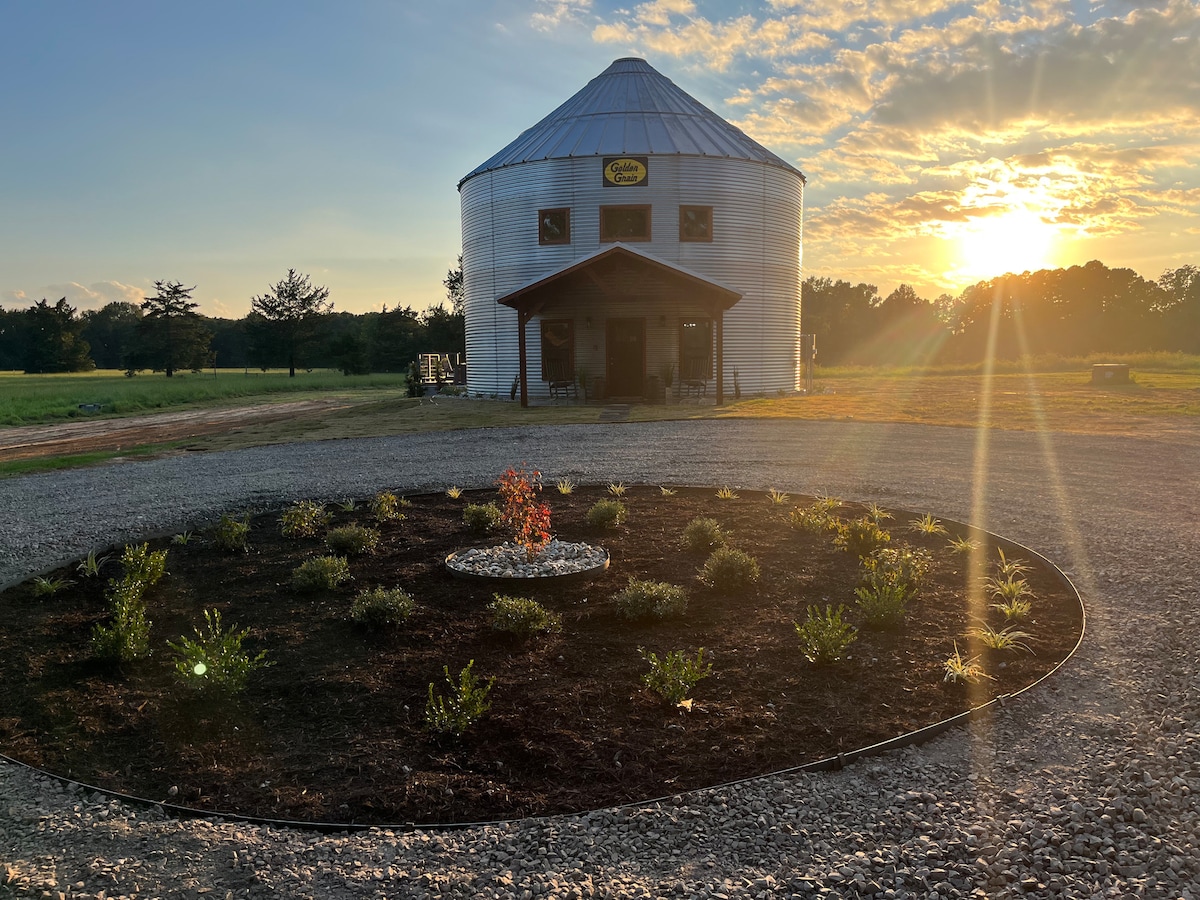
The Silo

Lake House on Bob Sandlin
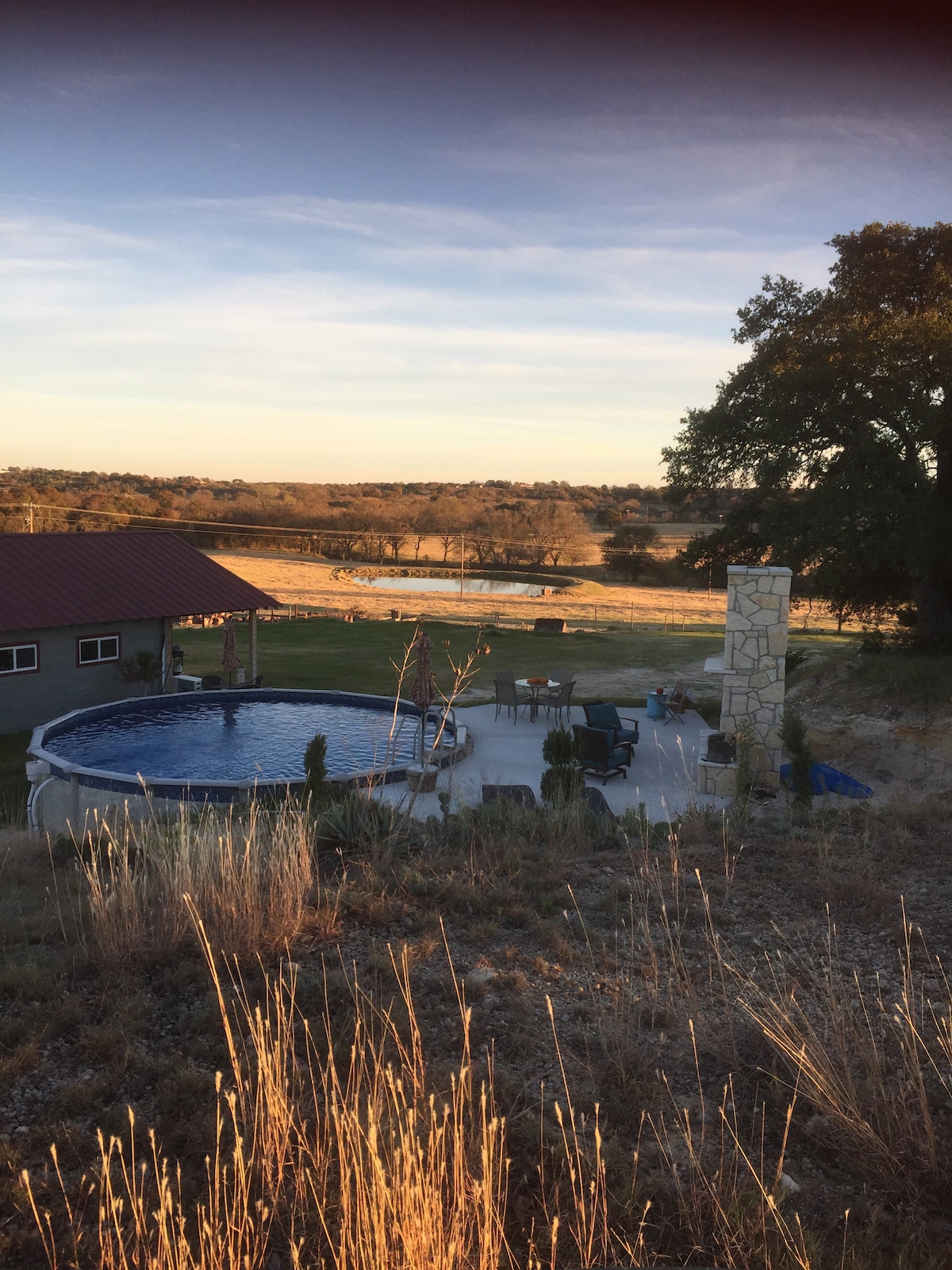
Renovated Barn with Pool & Hot Tub
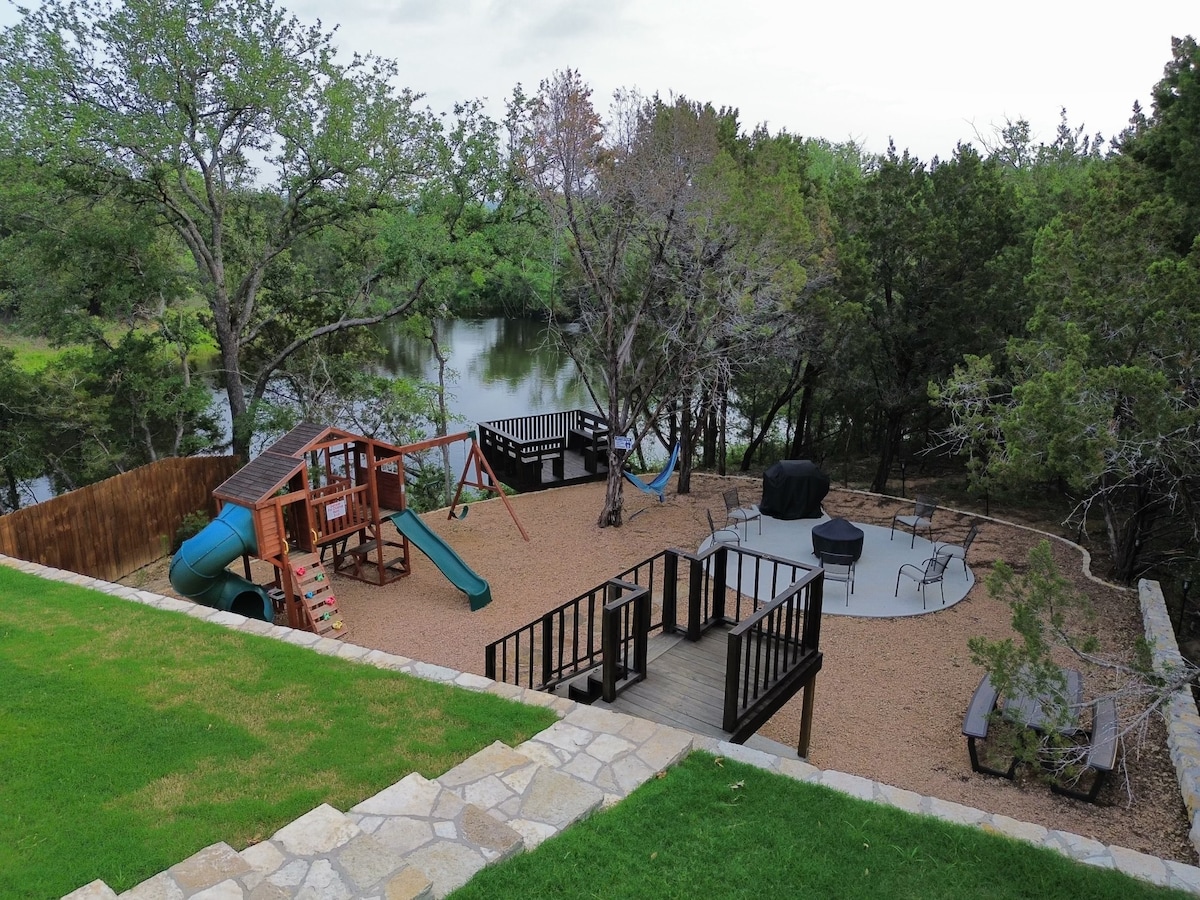
Scenic Retreat W/ Playground & Grilling
 All about Texas
All about Texas
This vast state — the biggest in the contiguous United States — sweeps from semi-tropical white-sand beaches to forests, rolling prairies, windswept plains, and desert sand dunes. It even has the country’s second-largest gorge: the Panhandle’s Palo Duro Canyon. Texas has 16 areas preserved by the National Park Service, ranging from Padre Island — one of the world’s only hypersaline lagoons — to the Palo Alto Battlefield, where U.S. and Mexican troops fought in 1846. Standouts include the colorful, fossil-rich Guadalupe Mountains and the cactus-studded solitude of Big Bend. The five San Antonio Missions, including the Alamo, do double duty as a World Heritage Site too.
This big-hearted state offers something for everyone, from cattle drives to cutting-edge music and gleaming modern architecture. Food highlights include BBQ, Tex-Mex, and festival wackiness like fried PB&J sandwiches. The connecting tissue? Admiration for the countryside and its folksy, slowed-down ways harking back to Texas’ farming and ranching heritage. Wherever you go, find time to sit for a spell and soak it all in.
 What are the top things to do in Texas?
What are the top things to do in Texas?
Hamilton Pool Preserve
A natural spring pockets the Hill Country chaparral, creating an emerald grotto fringed by maidenhair ferns, 30 miles west of Austin. But it’s more than just a pretty swimming hole with waterfalls (depending on the season). The preserve protects the fragile canyon and animals like the endangered golden-cheeked warbler that rely on it.
Mineral Wells Fossil Park
An ancient sea deposited fossils of corals, urchins, sea lilies, and even primitive sharks here 300 million years ago — an area now 87 miles west of Dallas. This buried treasure emerged due to erosion in the city’s old landfill, closed in the early 1990s. Today paleontologists, amateur and professional, can dig here using small gardening tools and take home their finds for personal use. Note: the site has basic restrooms and no running water. Bring plenty of liquids and also an umbrella for shade.
Terlingua Ghost Town
This abandoned Victorian mining village sits between Big Bend National Park and Big Bend Ranch State Park, 13 miles north of the U.S.-Mexican border. Once a leading producer of quicksilver, Terlingua faded after World War II. Today visitors can explore the ruins and a simple cemetery, known for its Day of the Dead celebrations. The town has a few tourist amenities, and attracts crowds for its chili cook-offs in early November and late February.
Destinations to explore
- Waterfront rentals Texas
- Mansion rentals Texas
- Bungalow rentals Texas
- Private suite rentals Texas
- Beach house rentals Texas
- Beachfront rentals Texas
- Bed and breakfasts Texas
- Lakehouse rentals Texas
- Cottage rentals Texas
- Rentals with beach access Texas
- Beach condo rentals Texas
- Townhouse rentals Texas
- Rentals with an EV charger Texas
- Hotel rooms Texas
- Rentals with a washer and dryer Texas
- Treehouse rentals Texas
- Tiny house rentals Texas
- Rentals with a soaking tub Texas
- Ski-in/ski-out rentals Texas
- Hostel rentals Texas
- Ranch rentals Texas
- Villa rentals Texas
- Rentals with a sauna Texas
- Chalet rentals Texas
- Smoking-friendly rentals Texas
- Rentals with an accessible height bed Texas
- RV rentals Texas
- Boutique hotels Texas
- Campsite rentals Texas
- Tipi rentals Texas
- Fitness-friendly rentals Texas
- Cabin rentals Texas
- House rentals Texas
- Rentals with a patio Texas
- Rentals with breakfast Texas
- Rentals with a home theater Texas
- Aparthotel rentals Texas
- Rentals with a fireplace Texas
- Rentals with a fire pit Texas
- Rentals with a kayak Texas
- Rentals with an accessible height toilet Texas
- Apartment rentals Texas
- Rentals with pools Texas
- Farmstay rentals Texas
- Guesthouse rentals Texas
- Dome rentals Texas
- Tent rentals Texas
- Nature eco lodge rentals Texas
- Earth house rentals Texas
- Serviced apartment rentals Texas
- Train rentals Texas
- Vacation home rentals Texas
- Yurt rentals Texas
- Rentals with a balcony Texas
- Family-friendly rentals Texas
- Rentals with a hot tub Texas
- Loft rentals Texas
- Luxury rentals Texas
- Shipping container rentals Texas
- Rentals with lake access Texas
- Pet-friendly rentals Texas
- Rentals with outdoor seating Texas
- Condo rentals Texas
- Barn rentals Texas
- Resort rentals Texas
- Things to do Texas
- Entertainment Texas
- Sports activities Texas
- Art and culture Texas
- Nature and outdoors Texas
- Sightseeing Texas
- Food and drink Texas
- Tours Texas
- Things to do United States
- Nature and outdoors United States
- Tours United States
- Food and drink United States
- Entertainment United States
- Sightseeing United States
- Art and culture United States
- Sports activities United States
- Wellness United States


